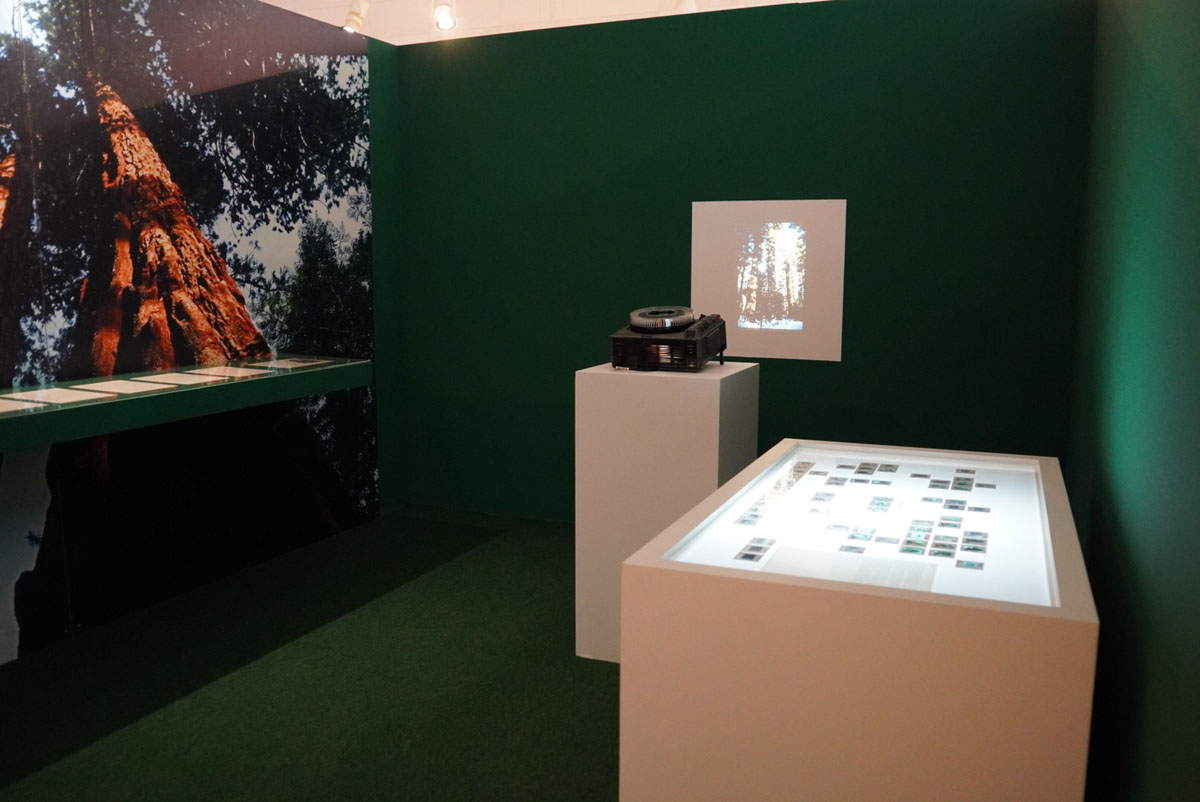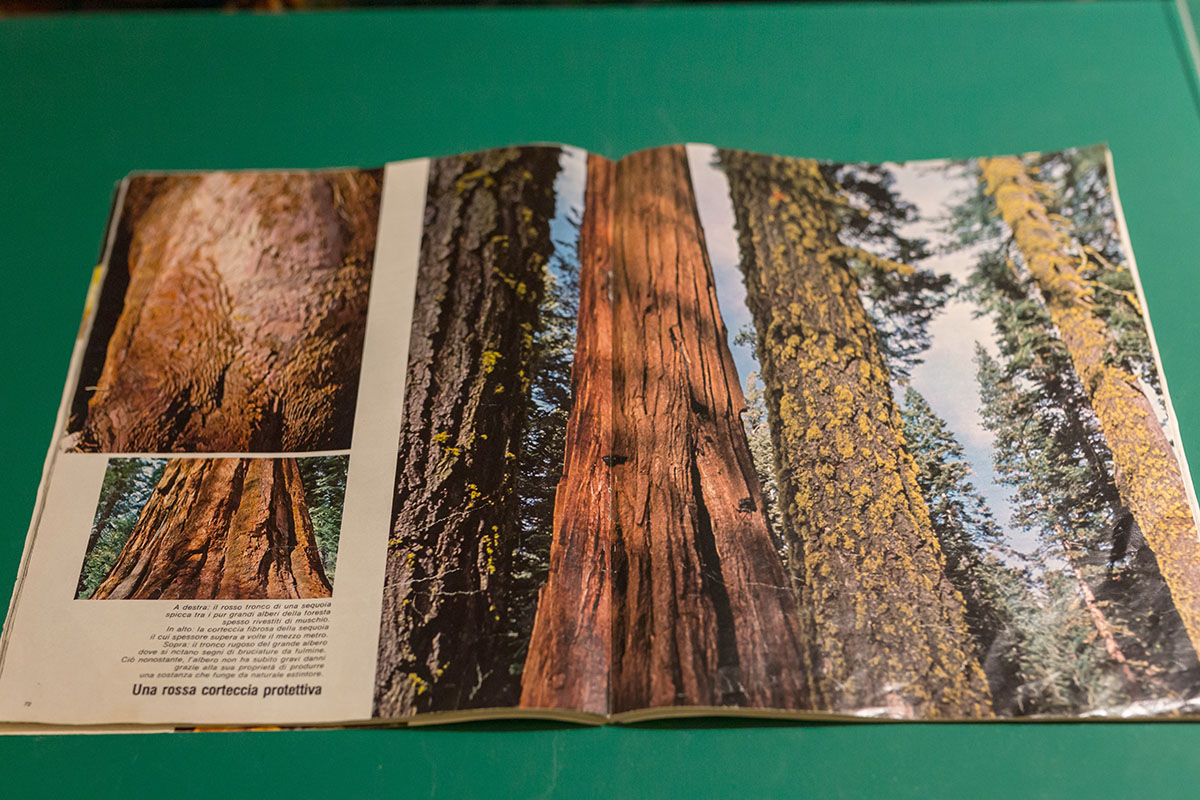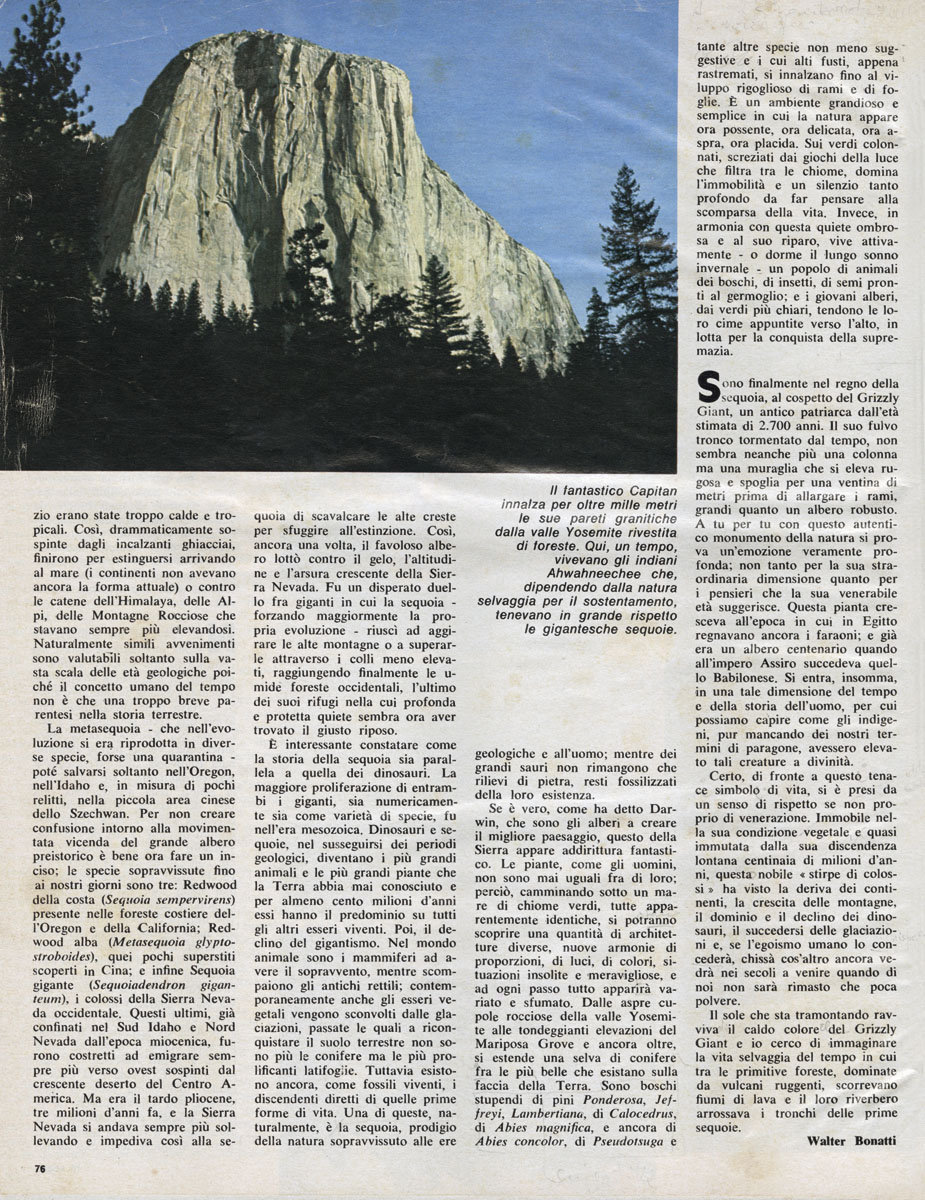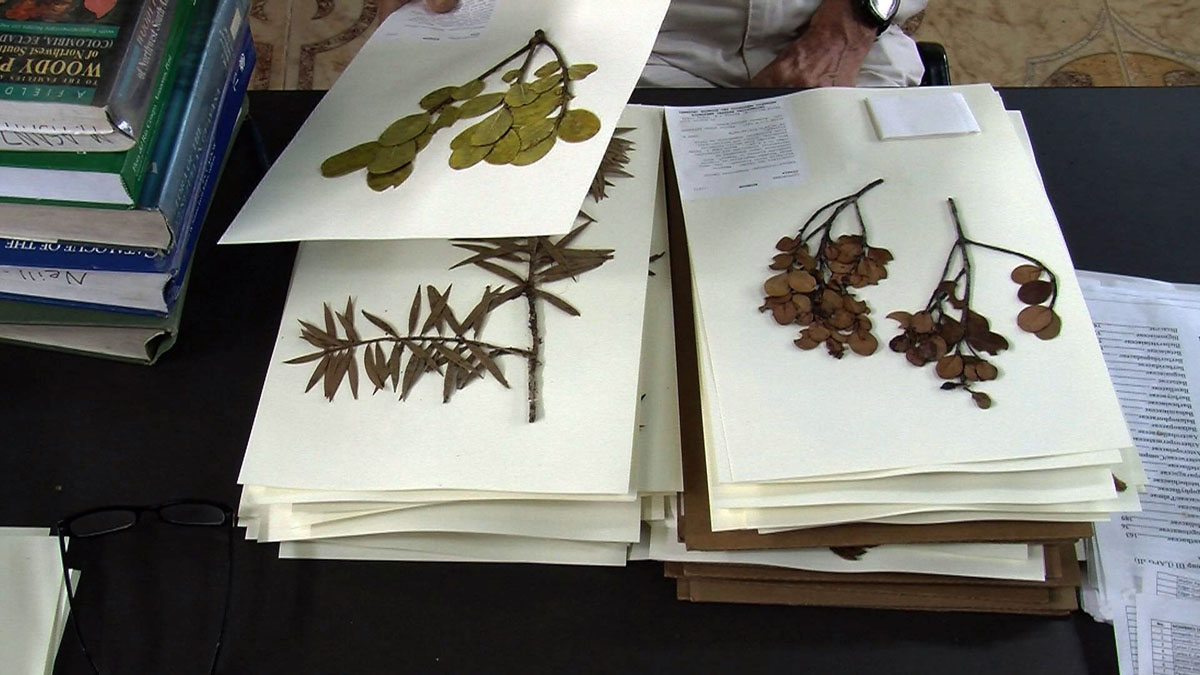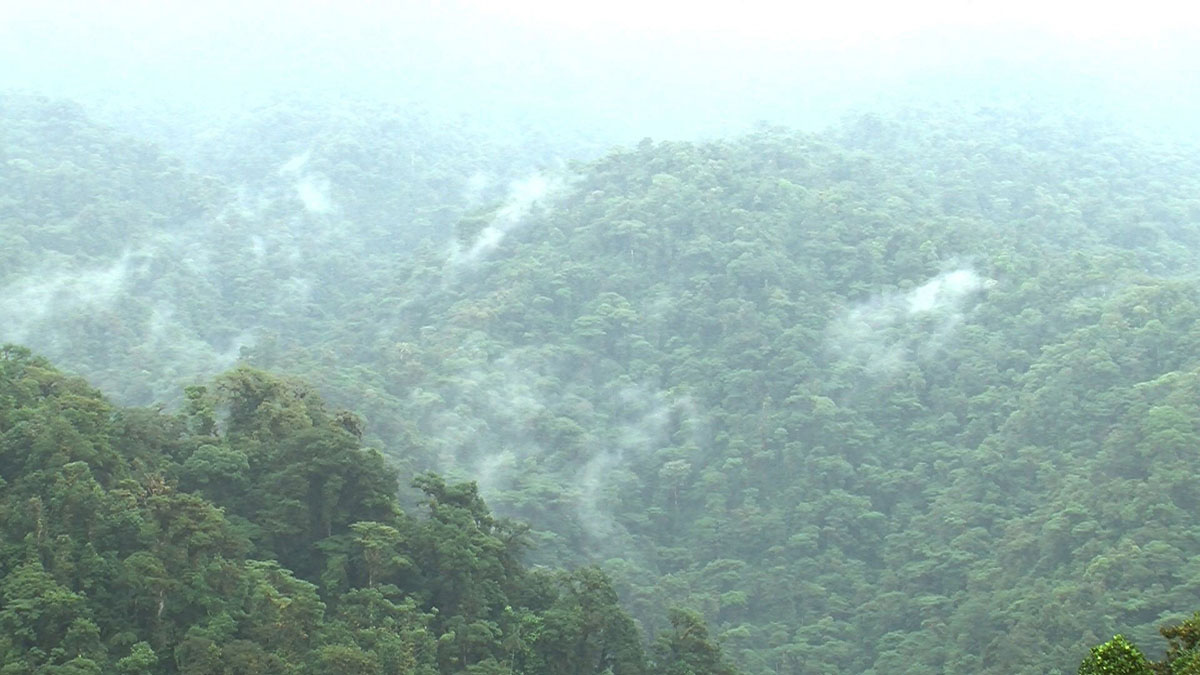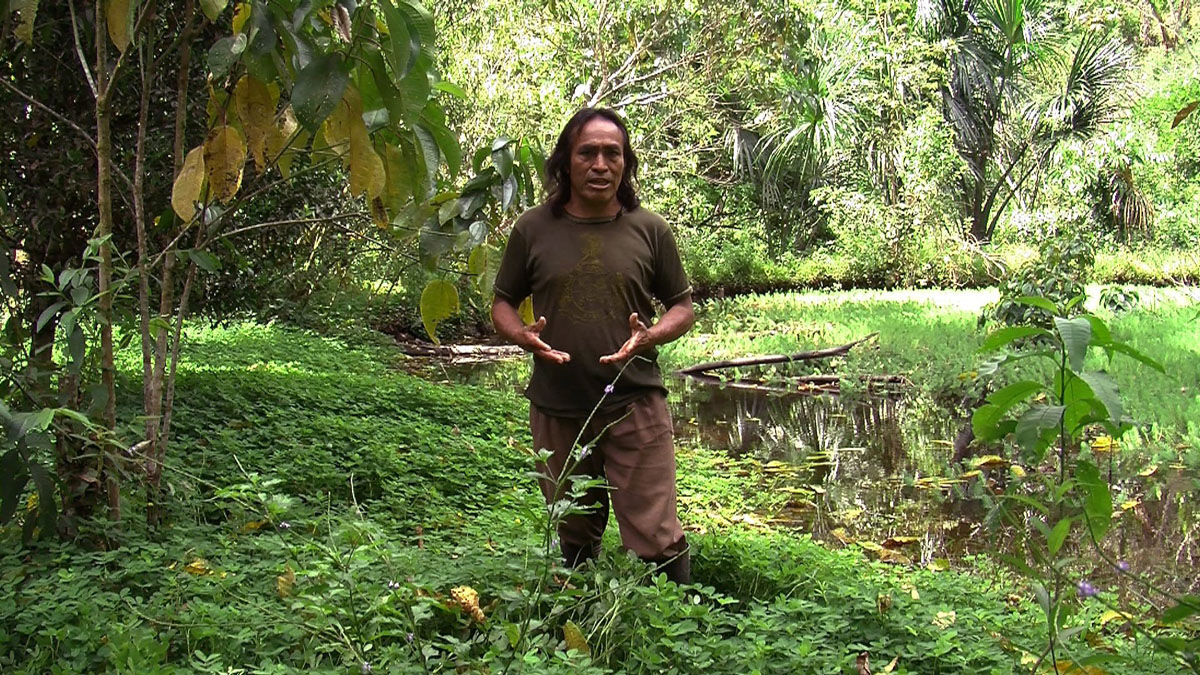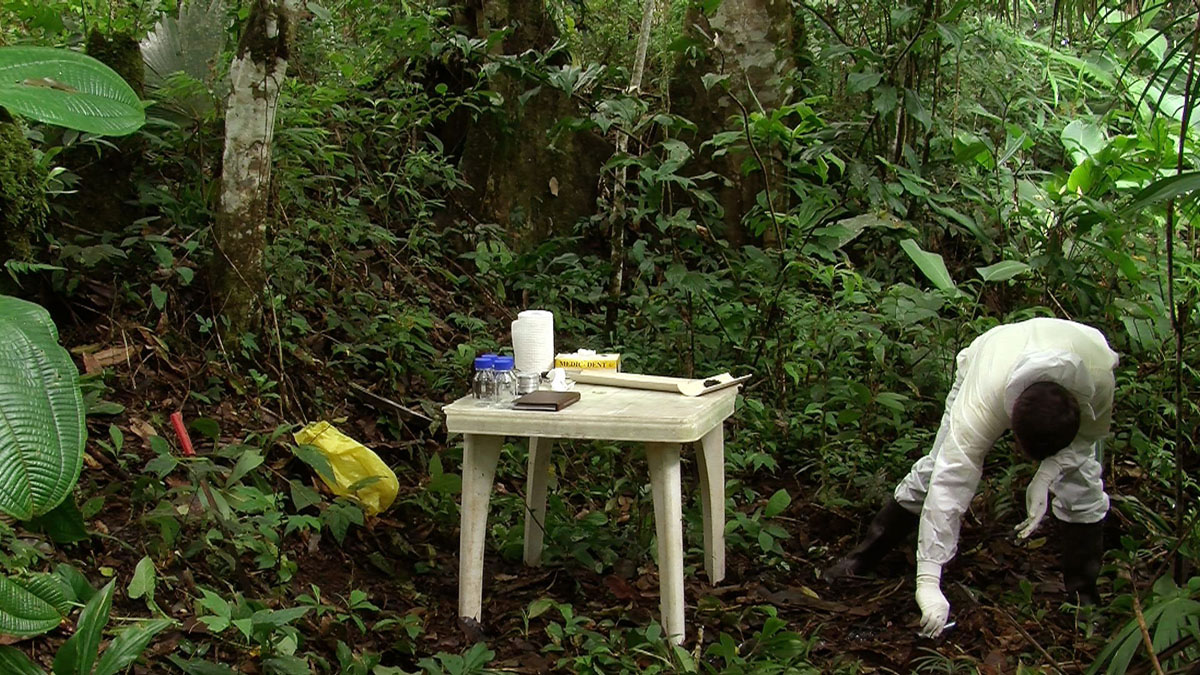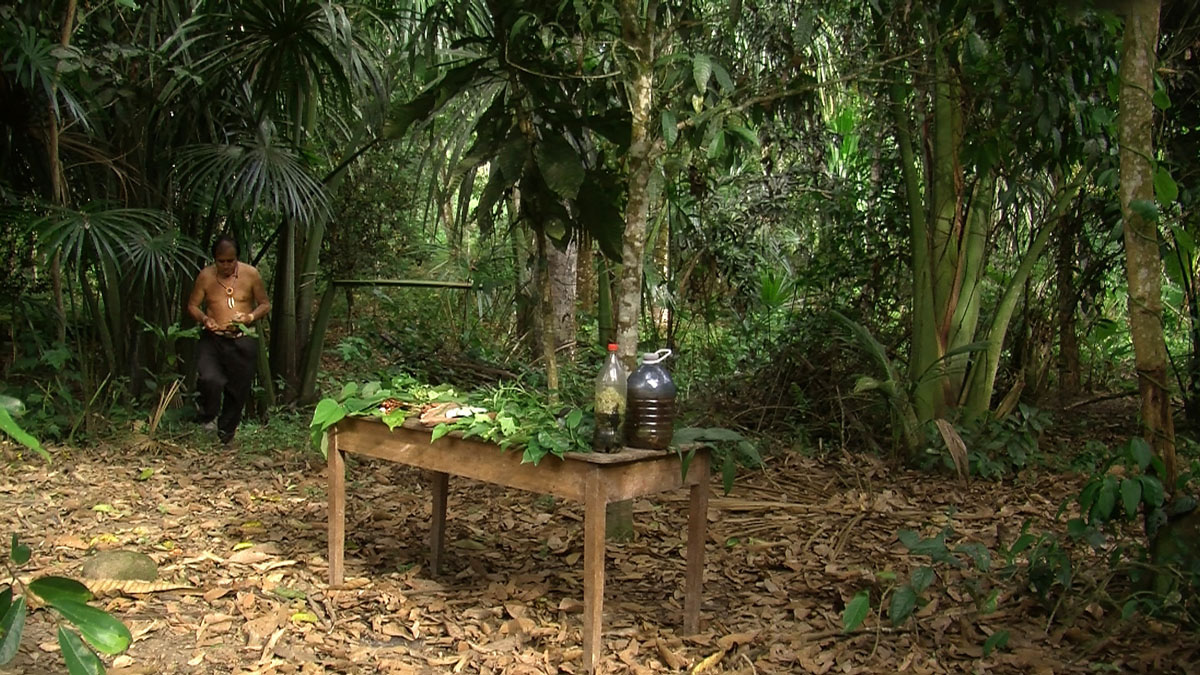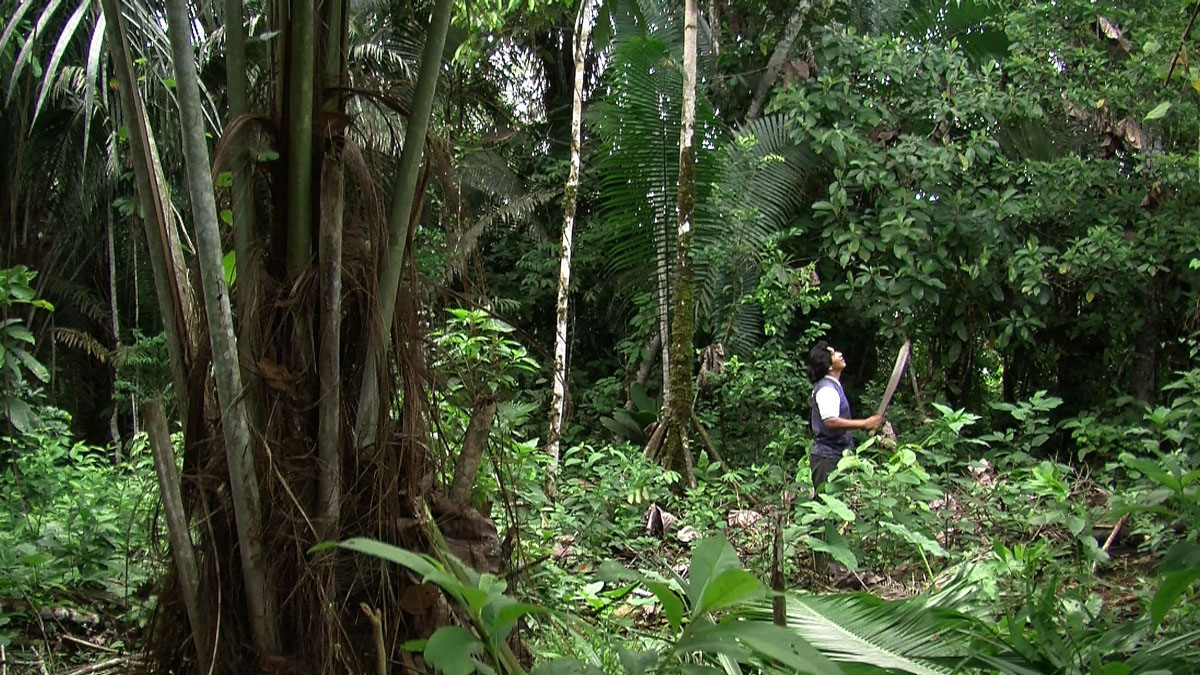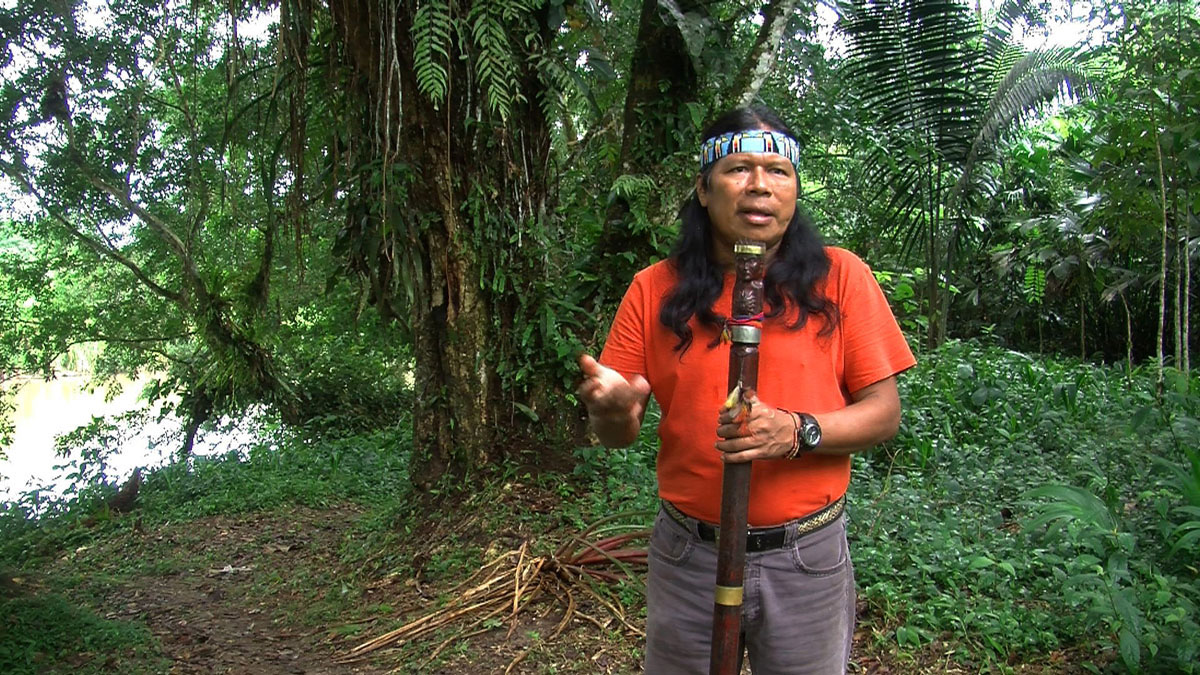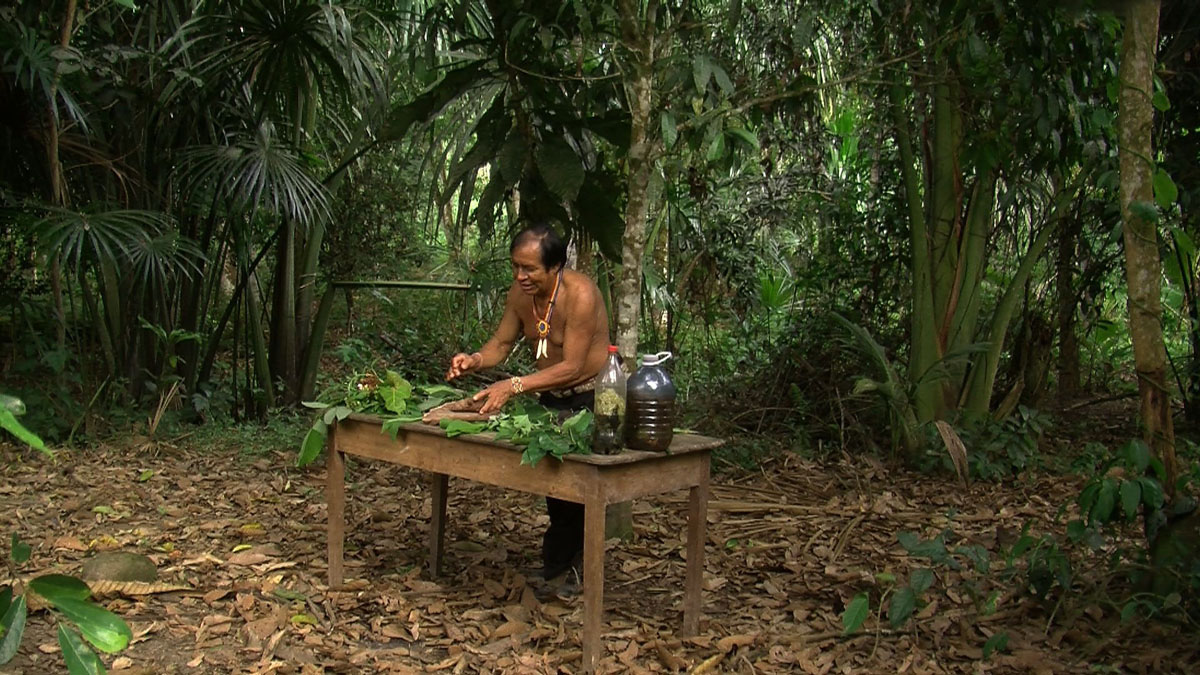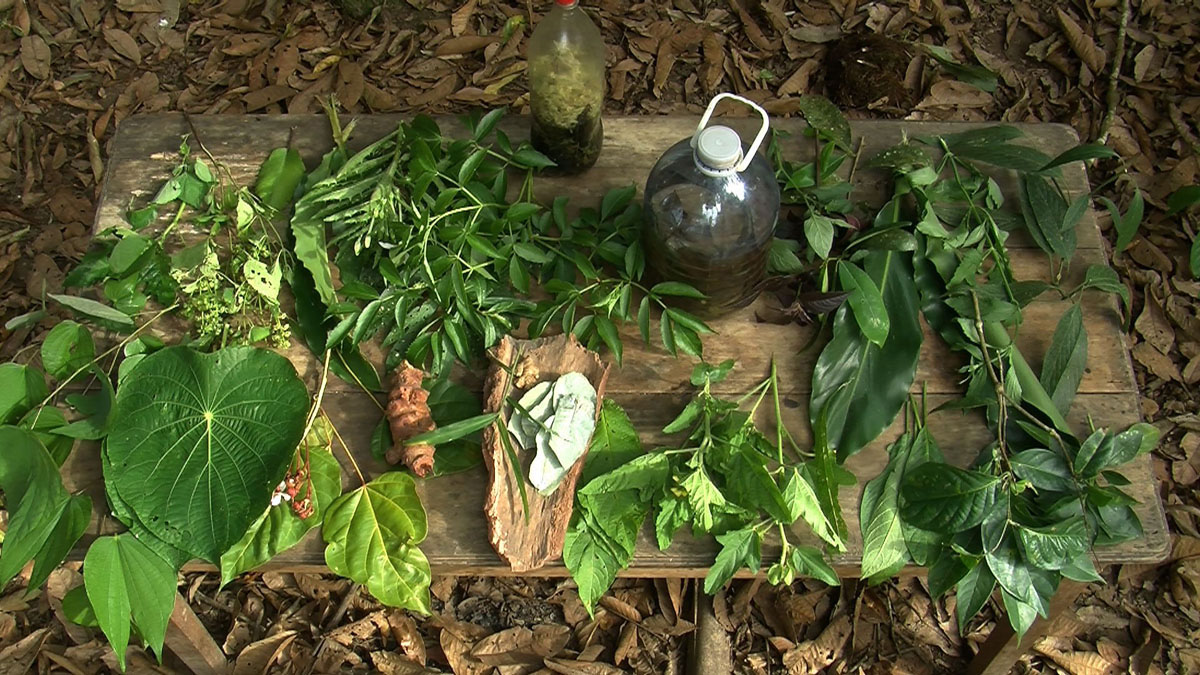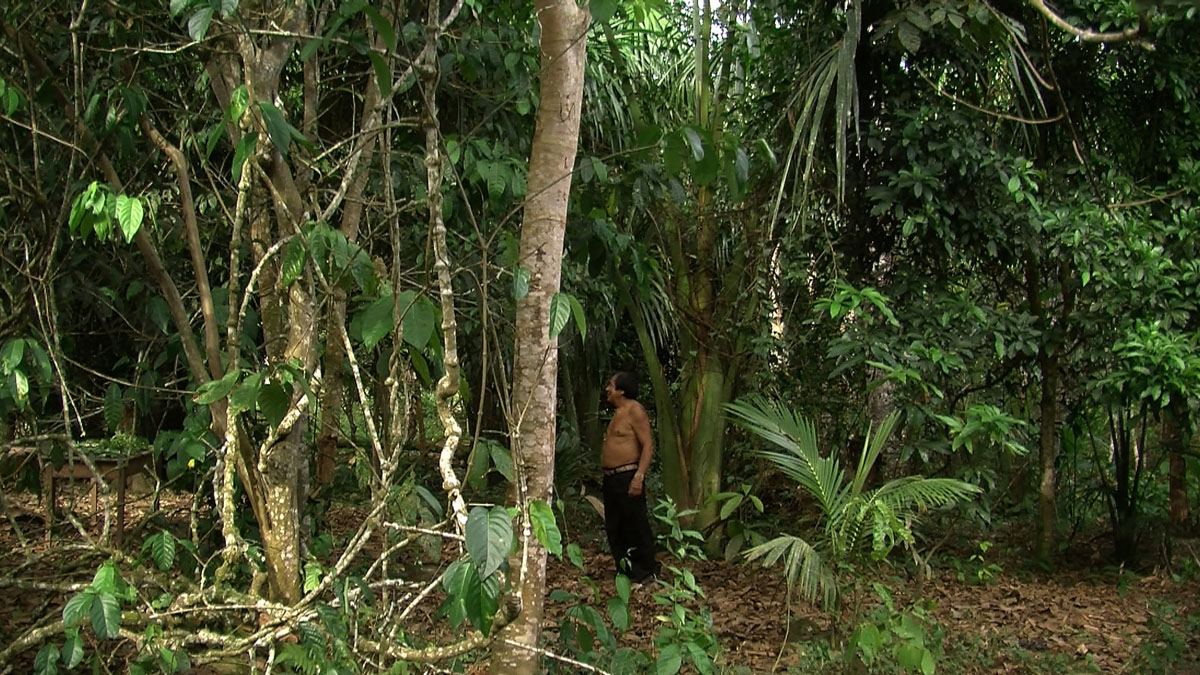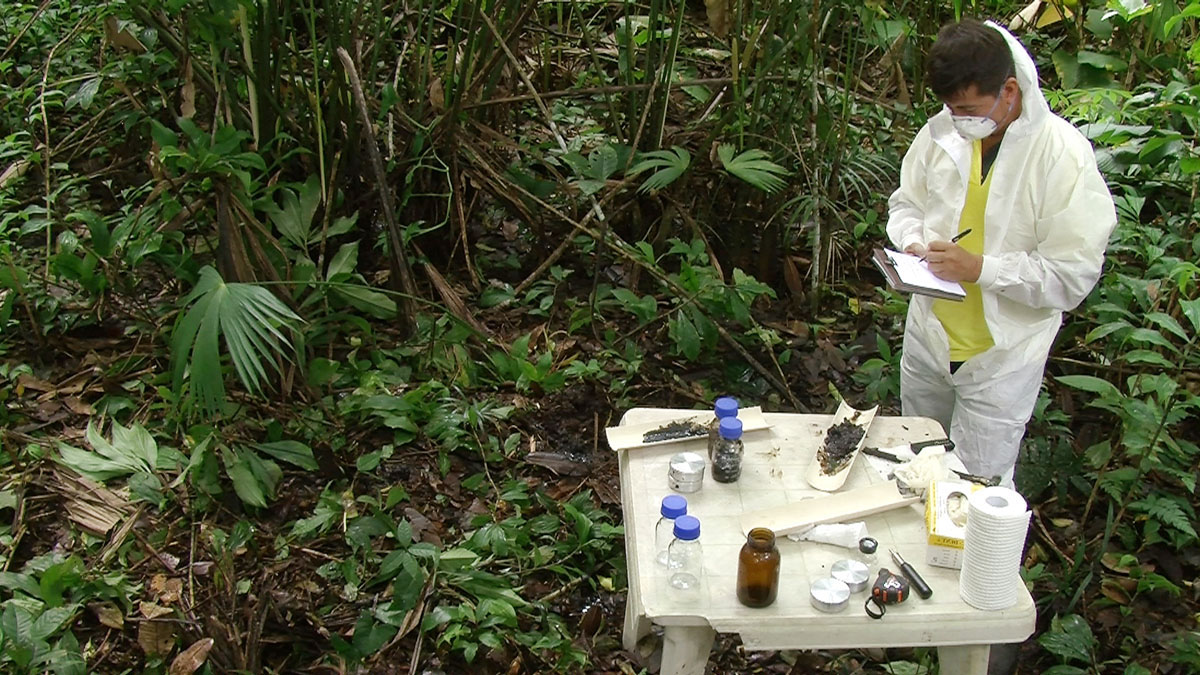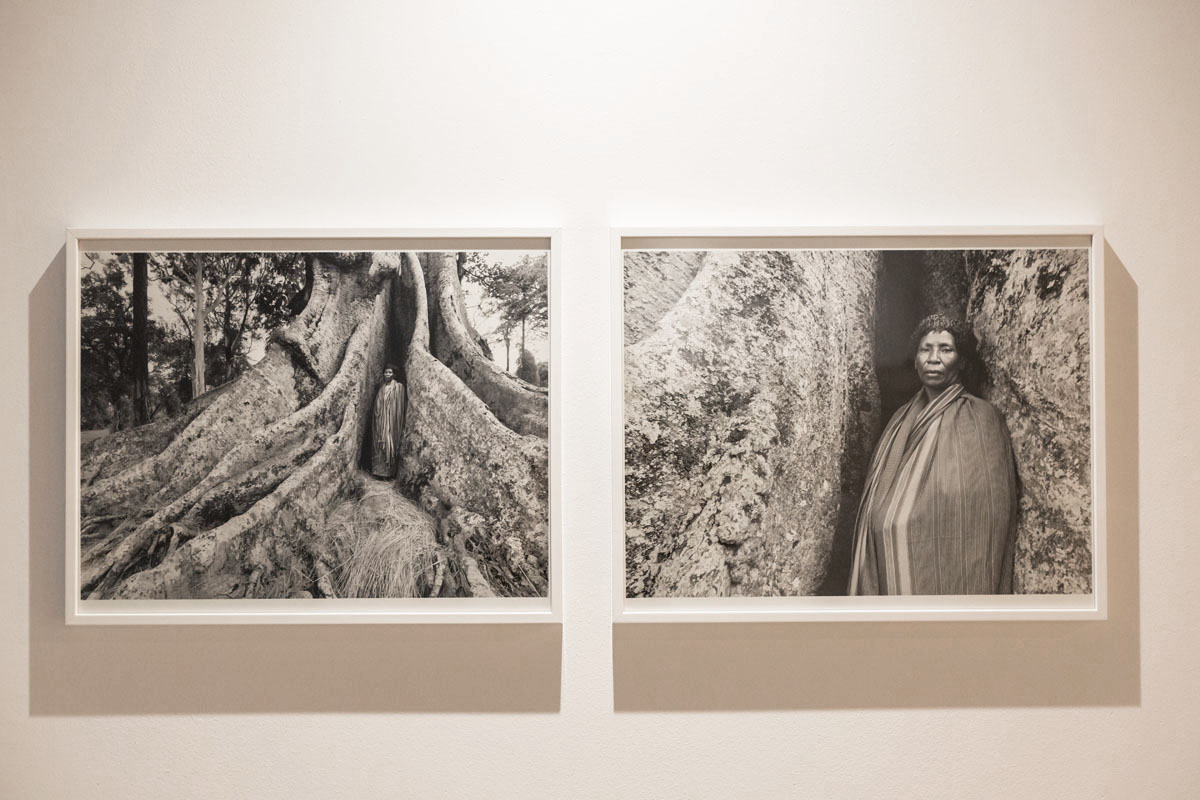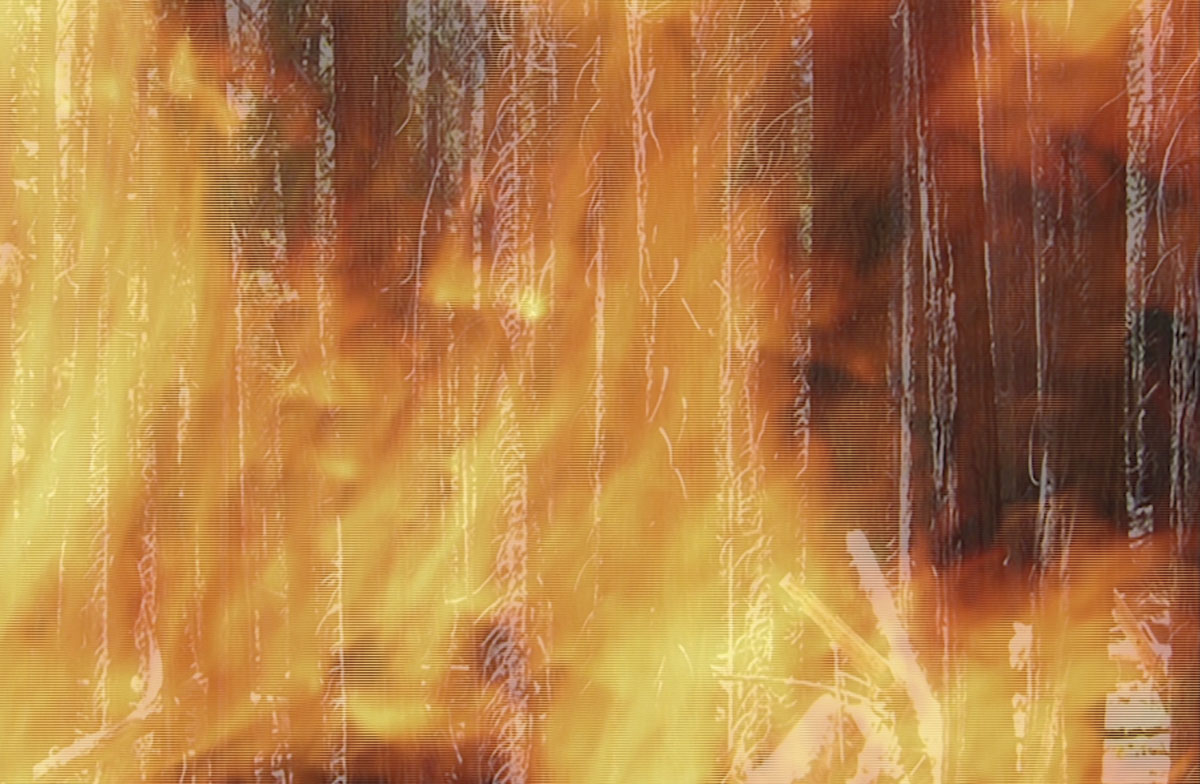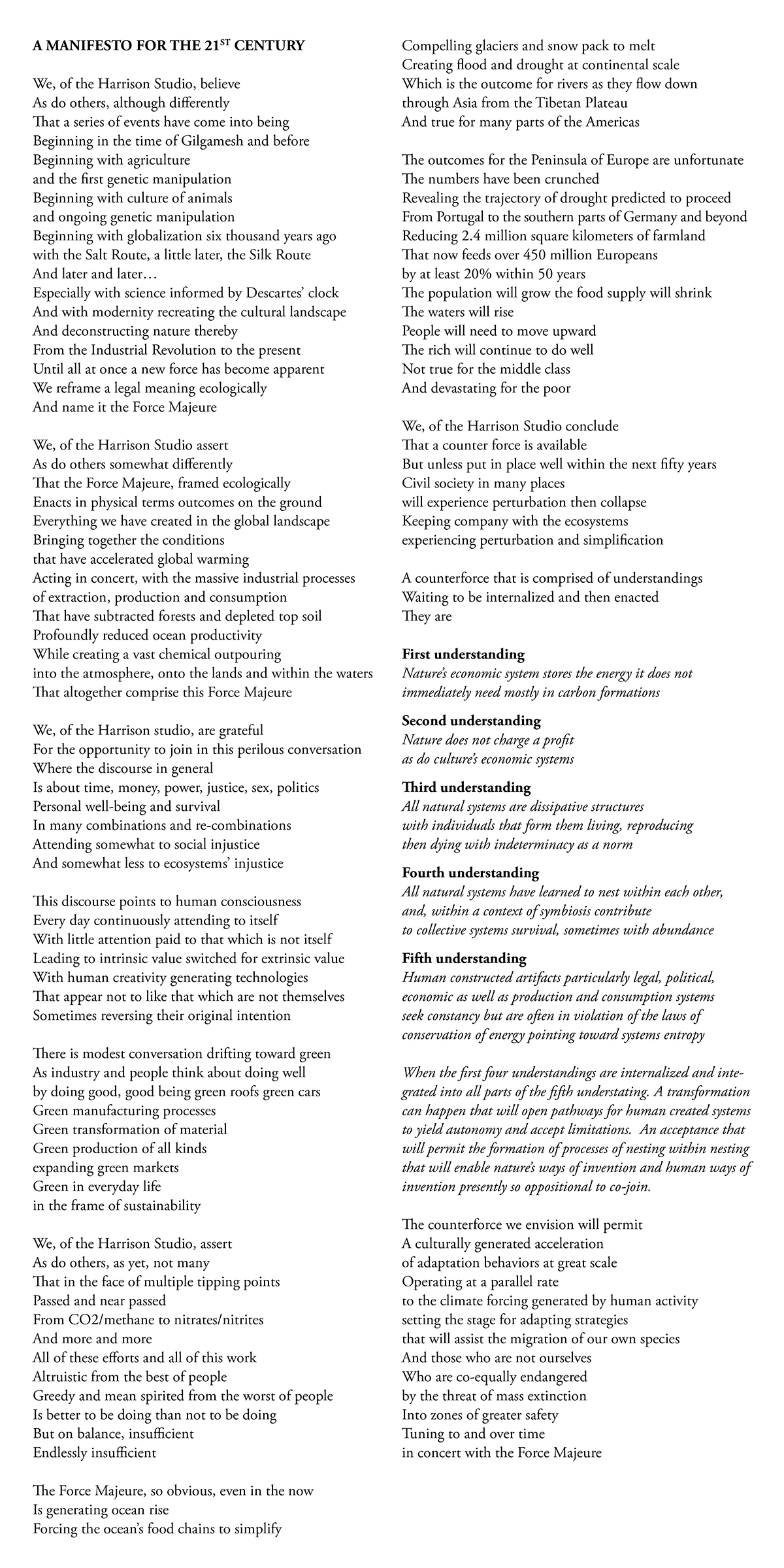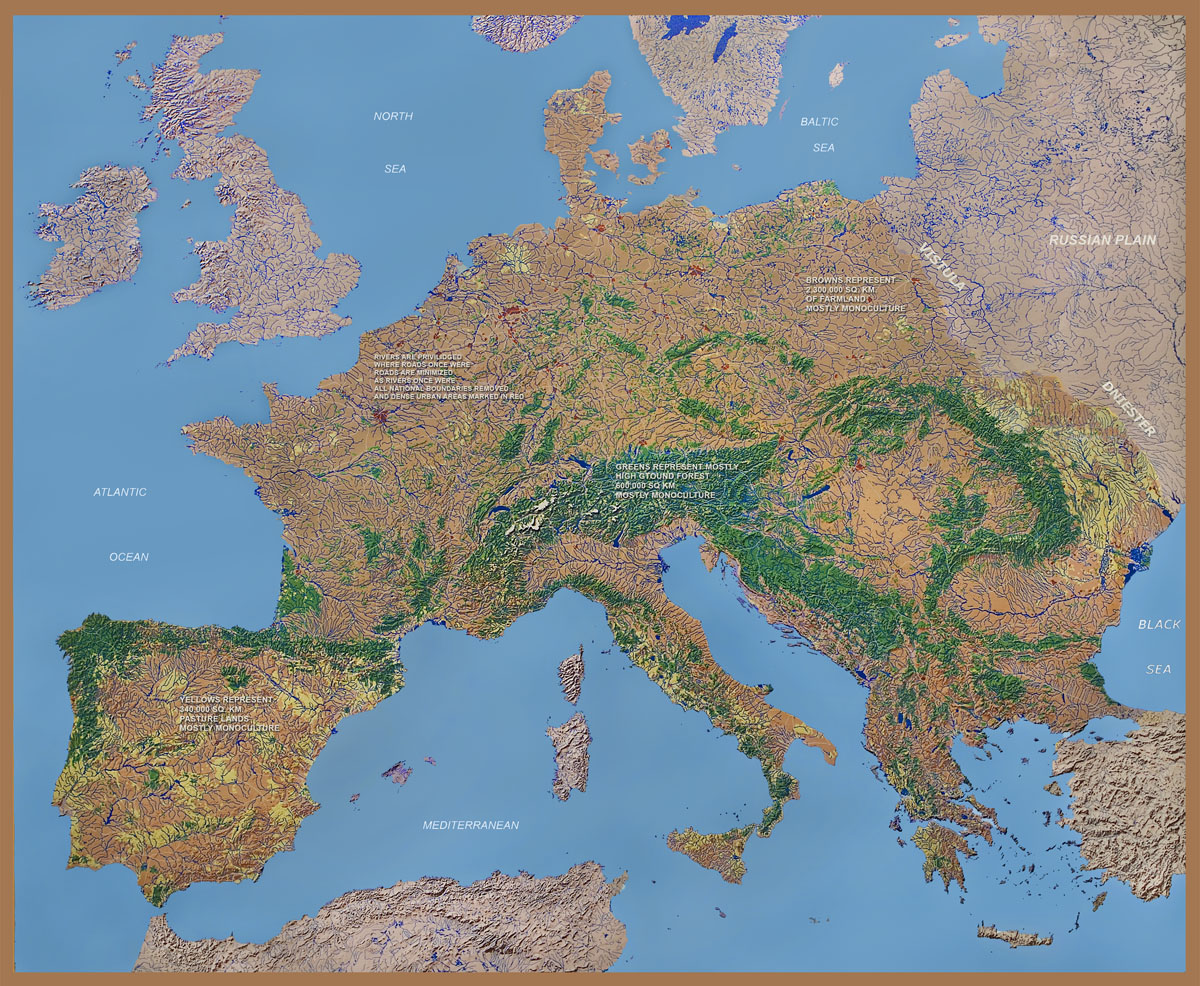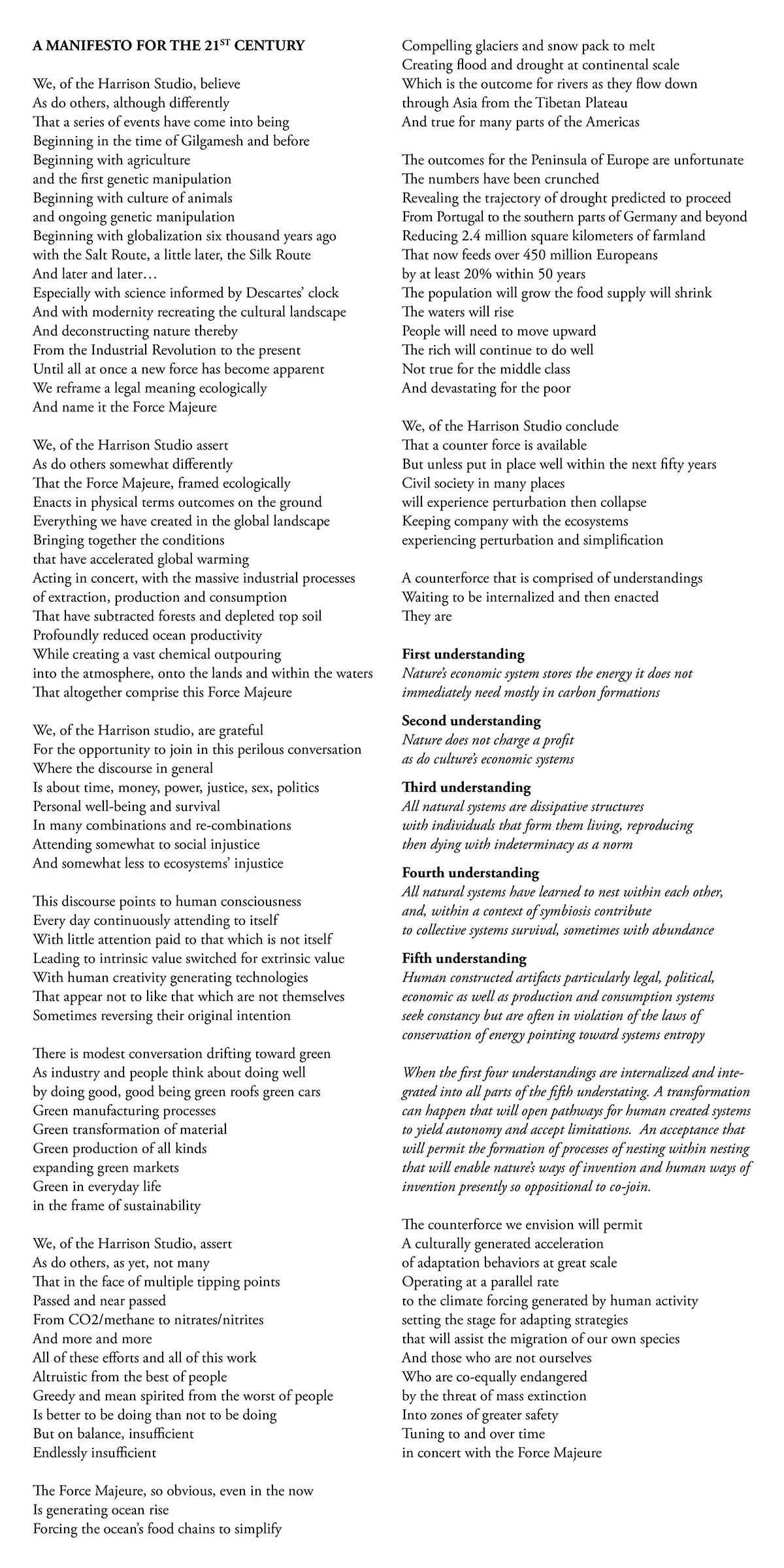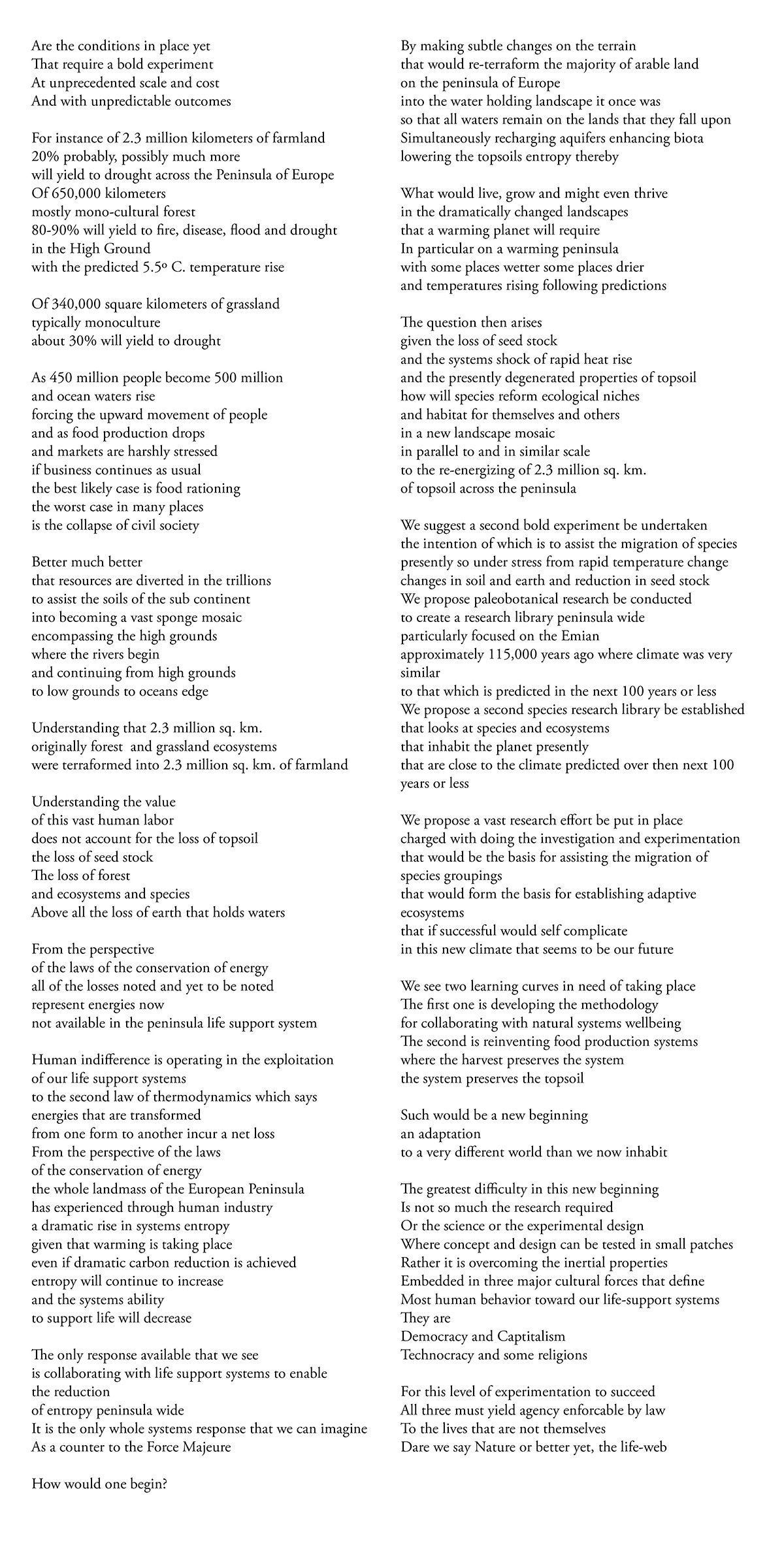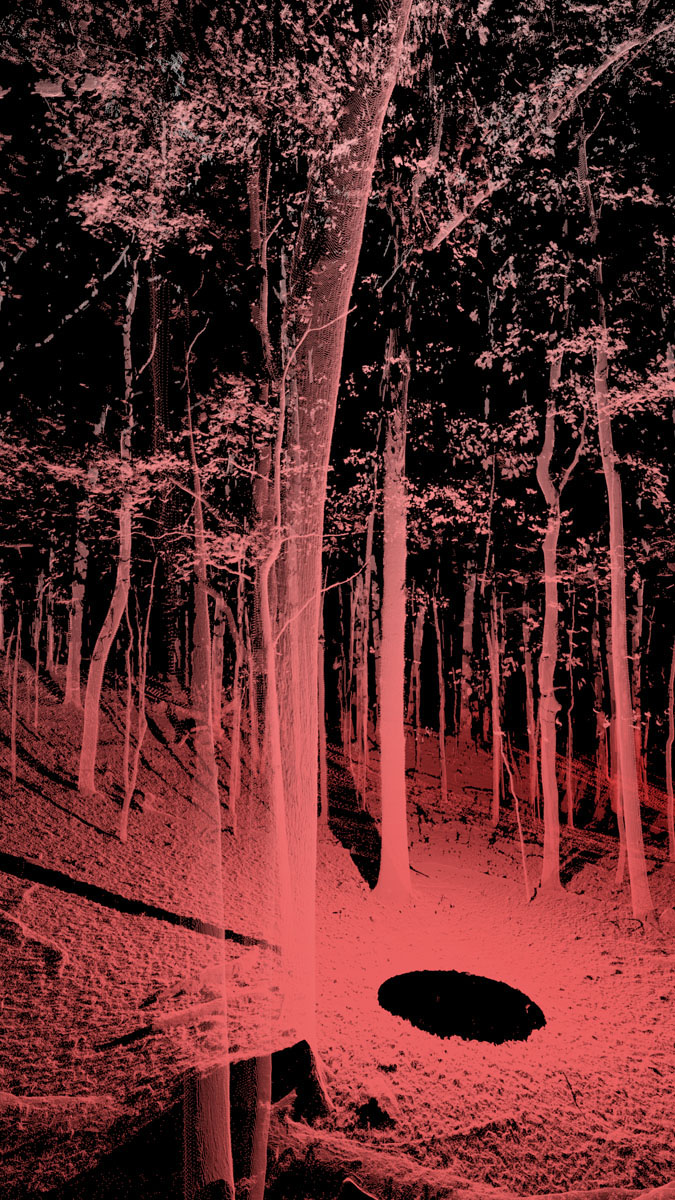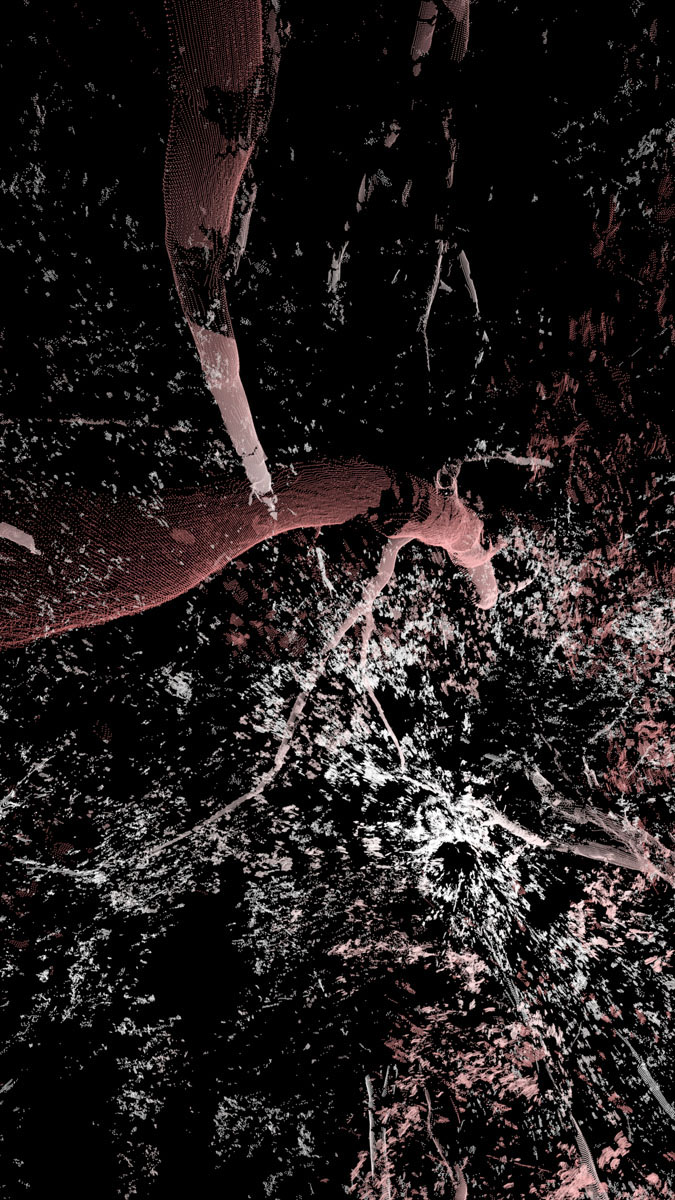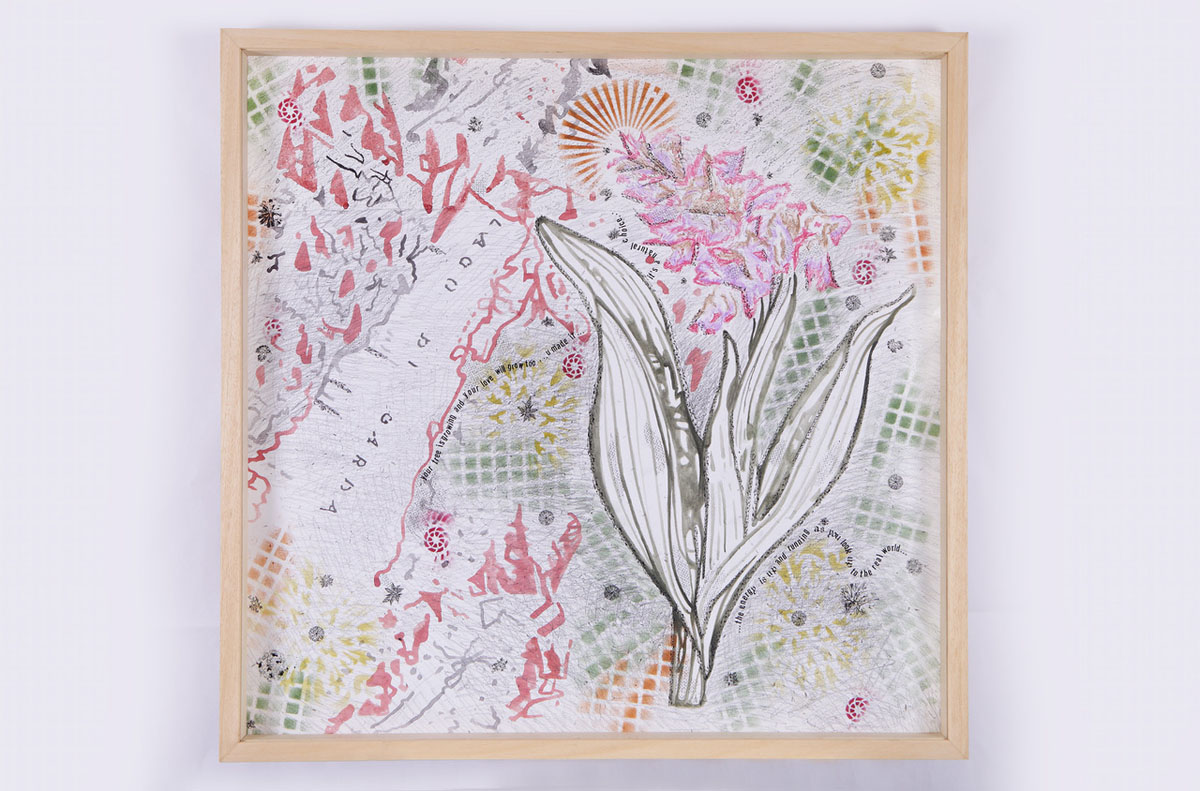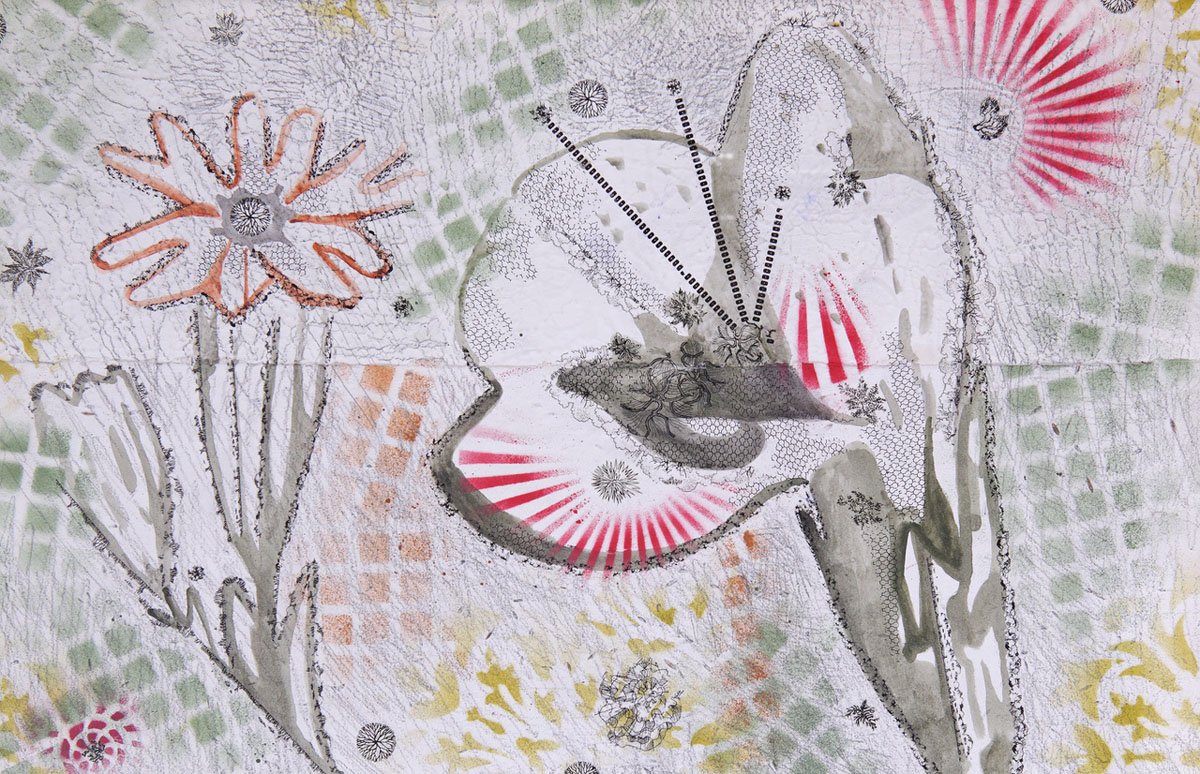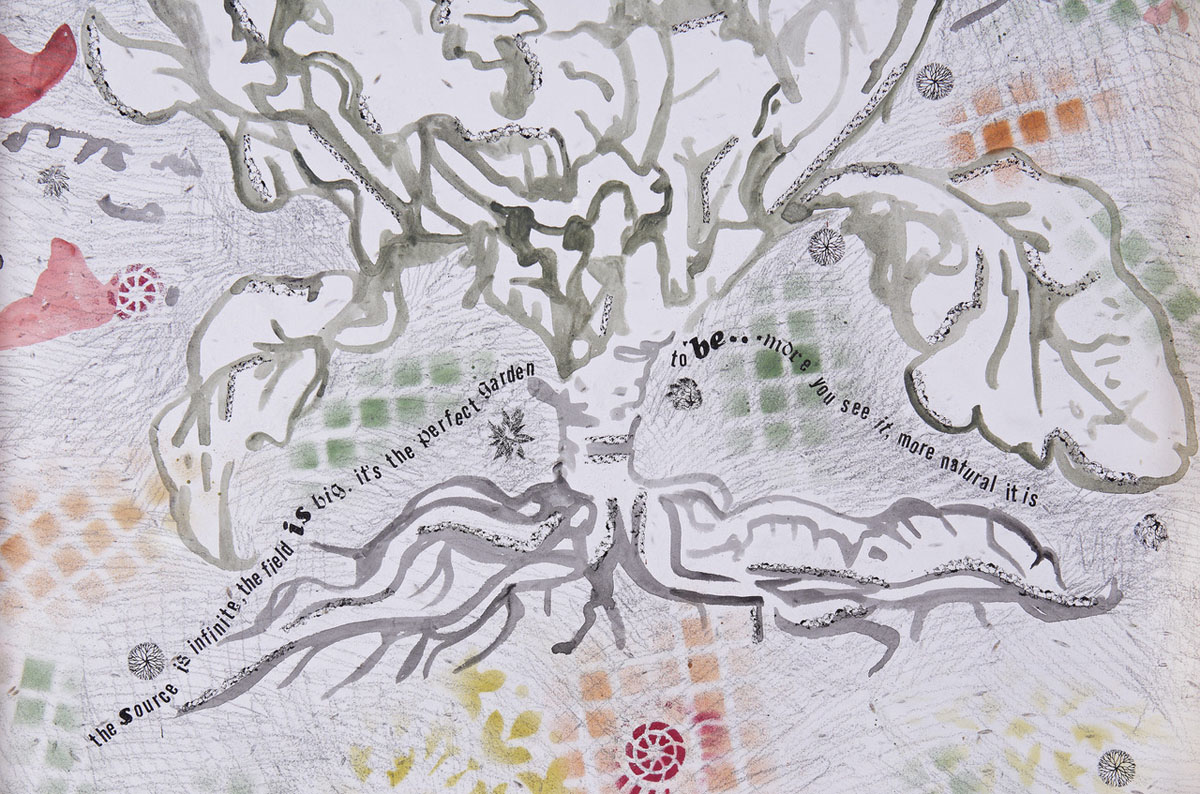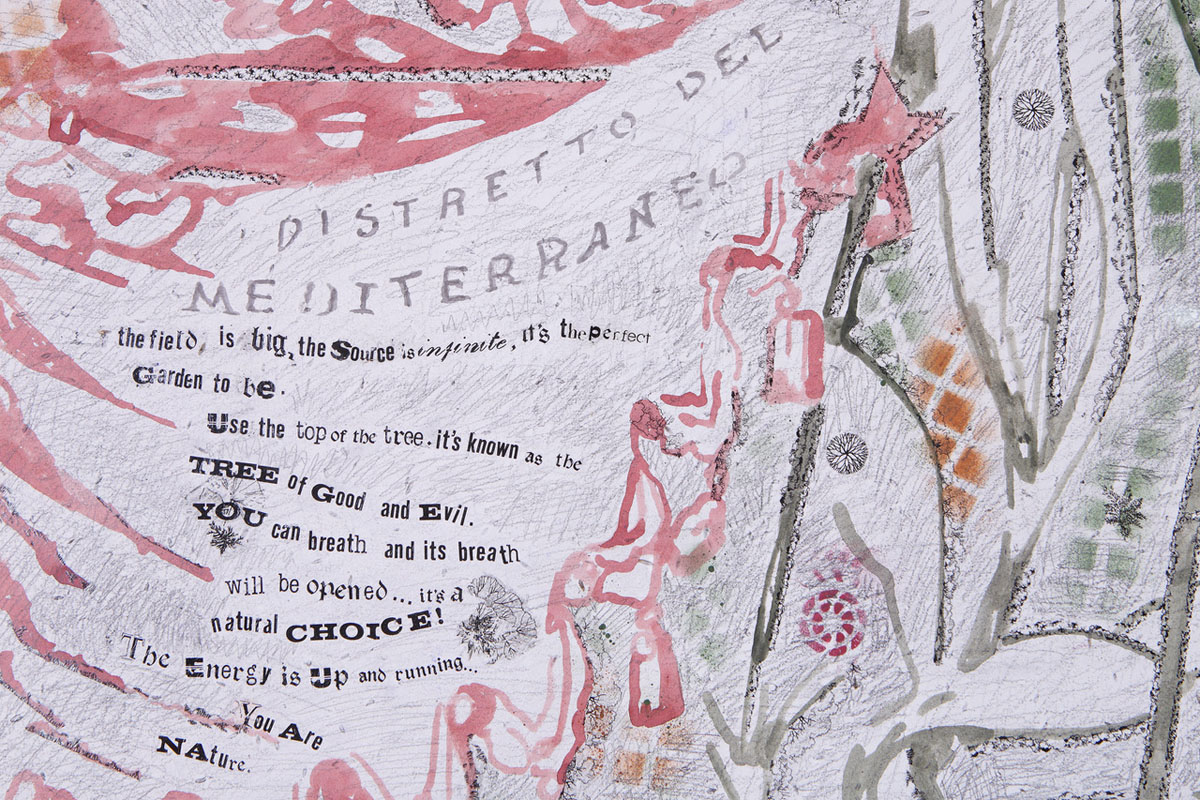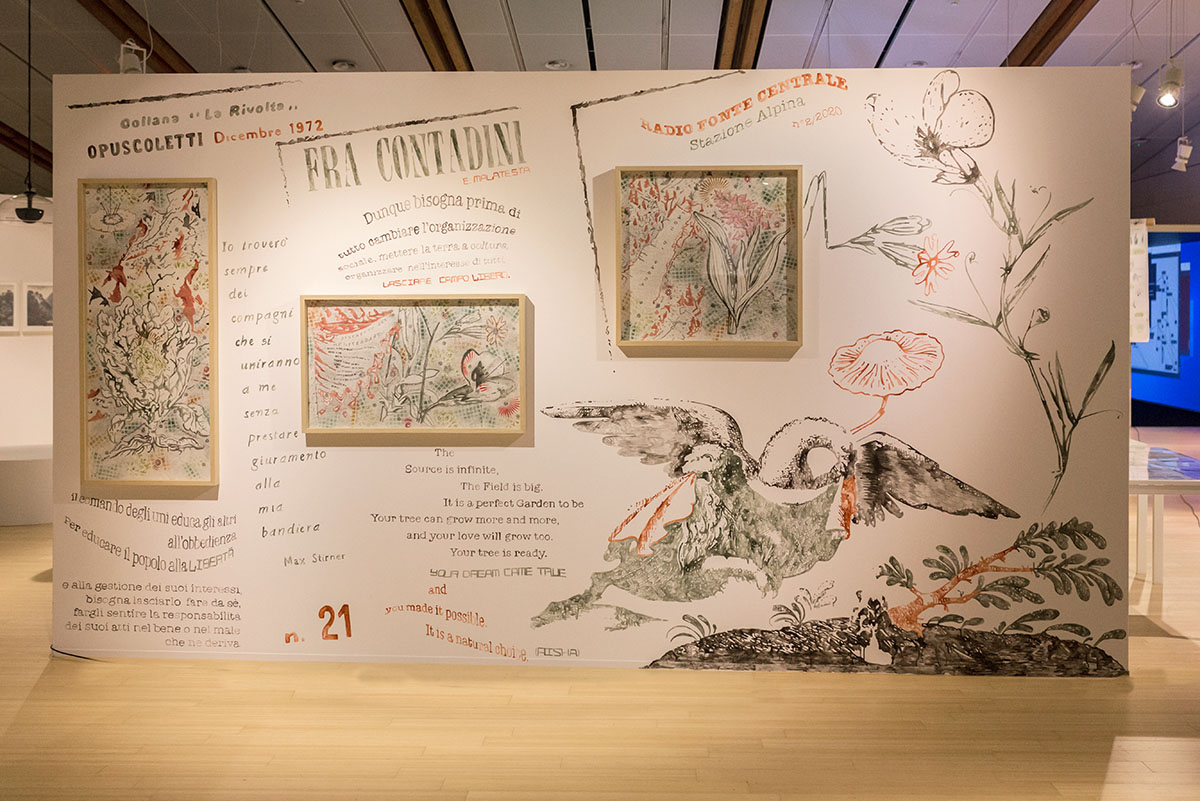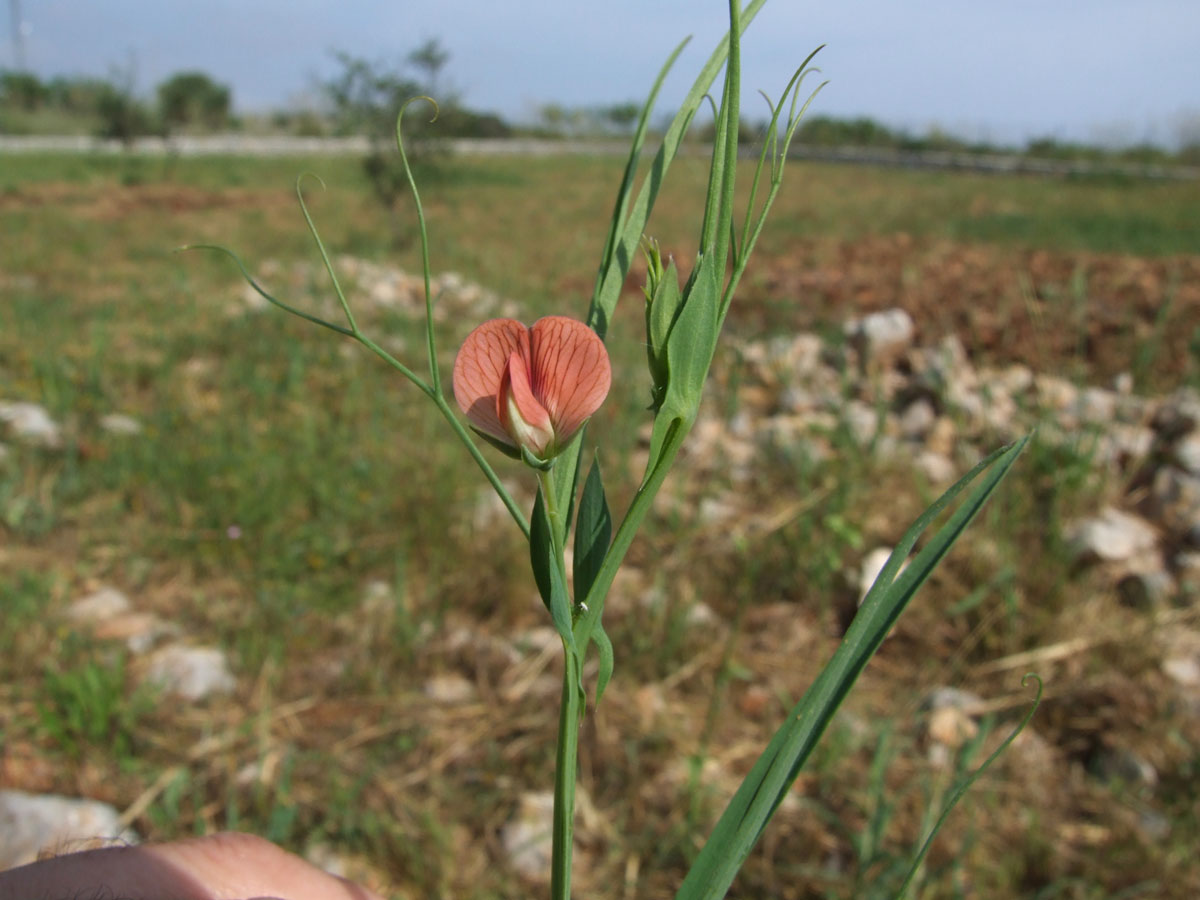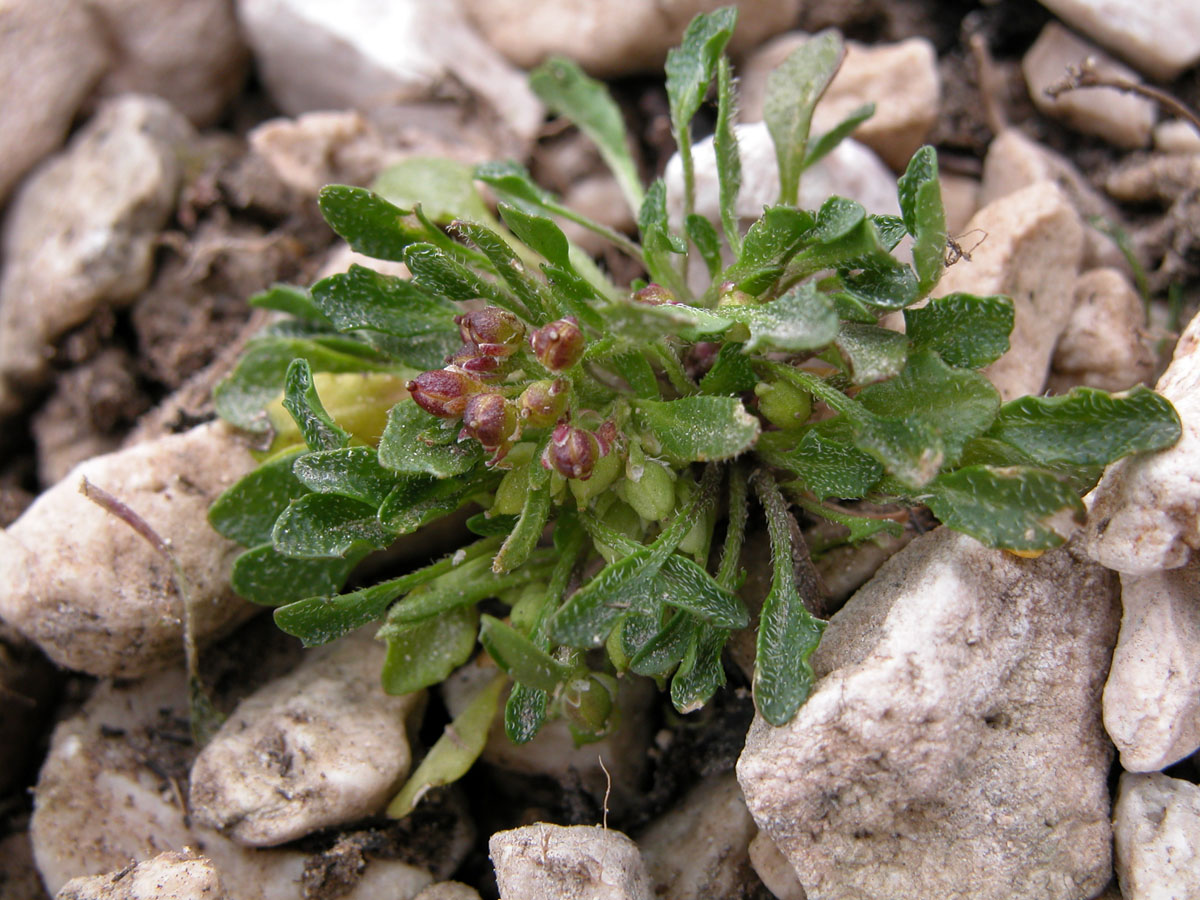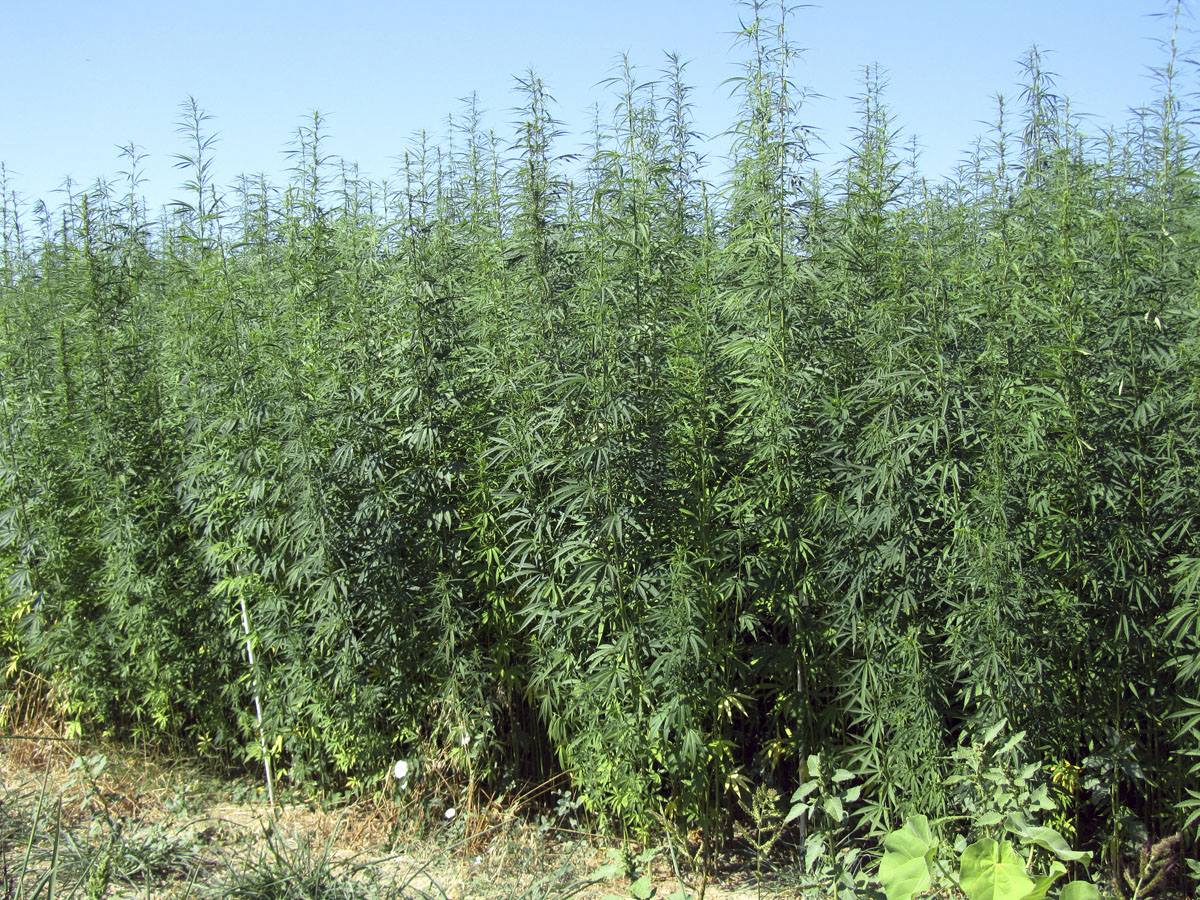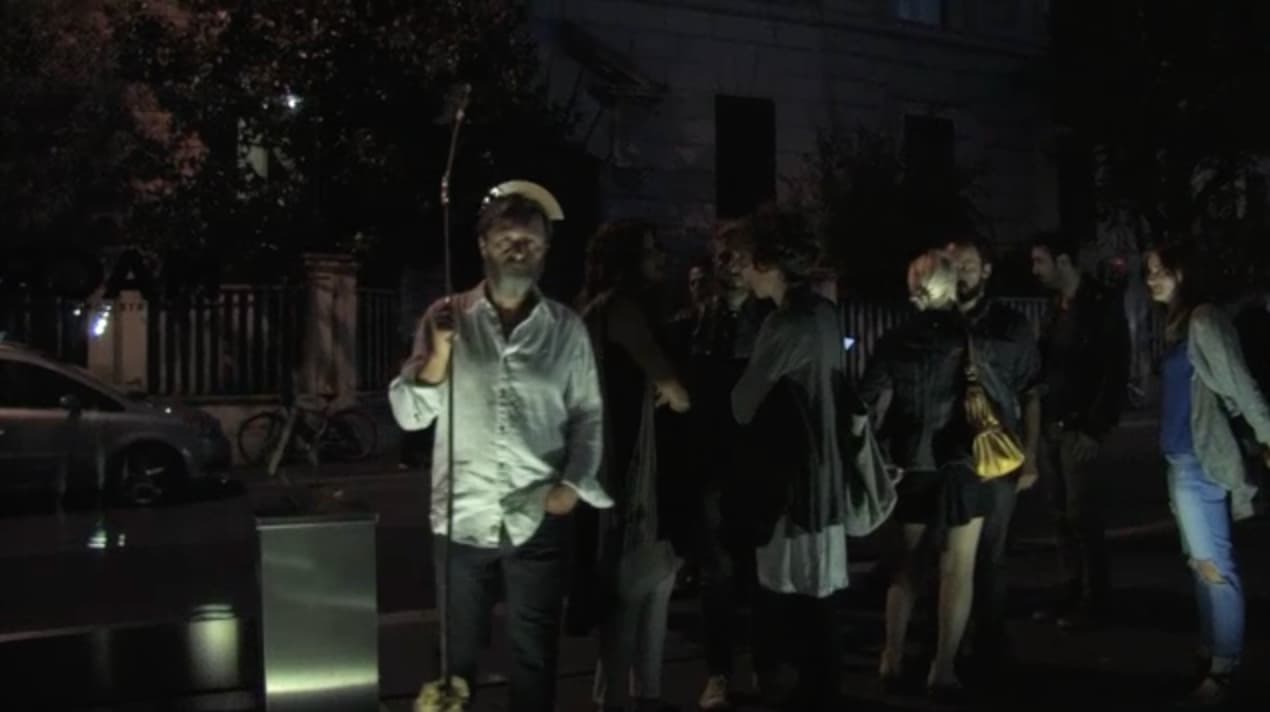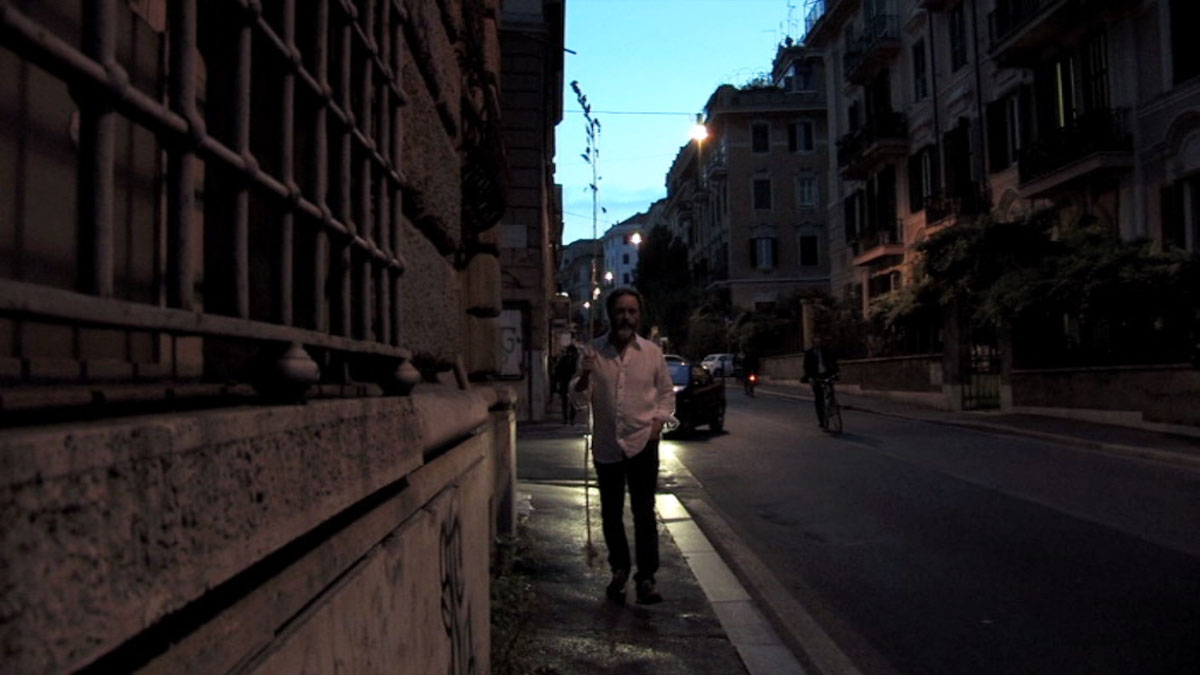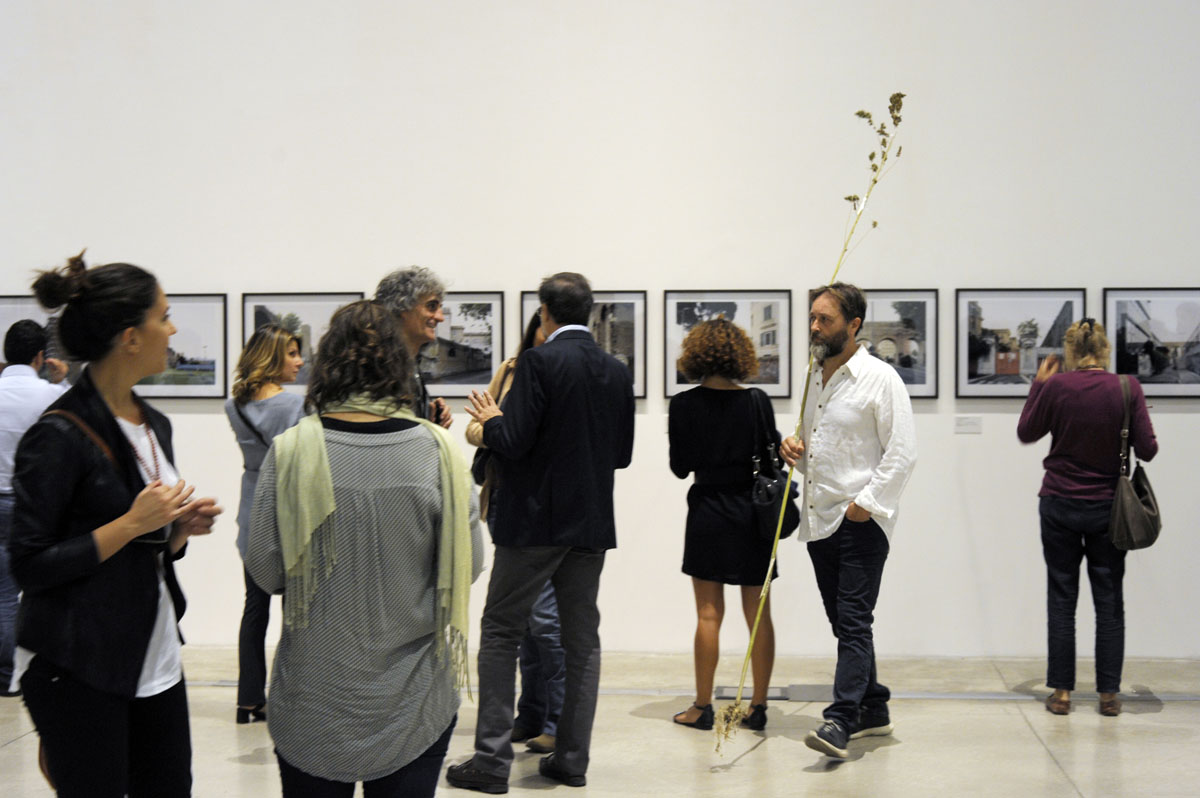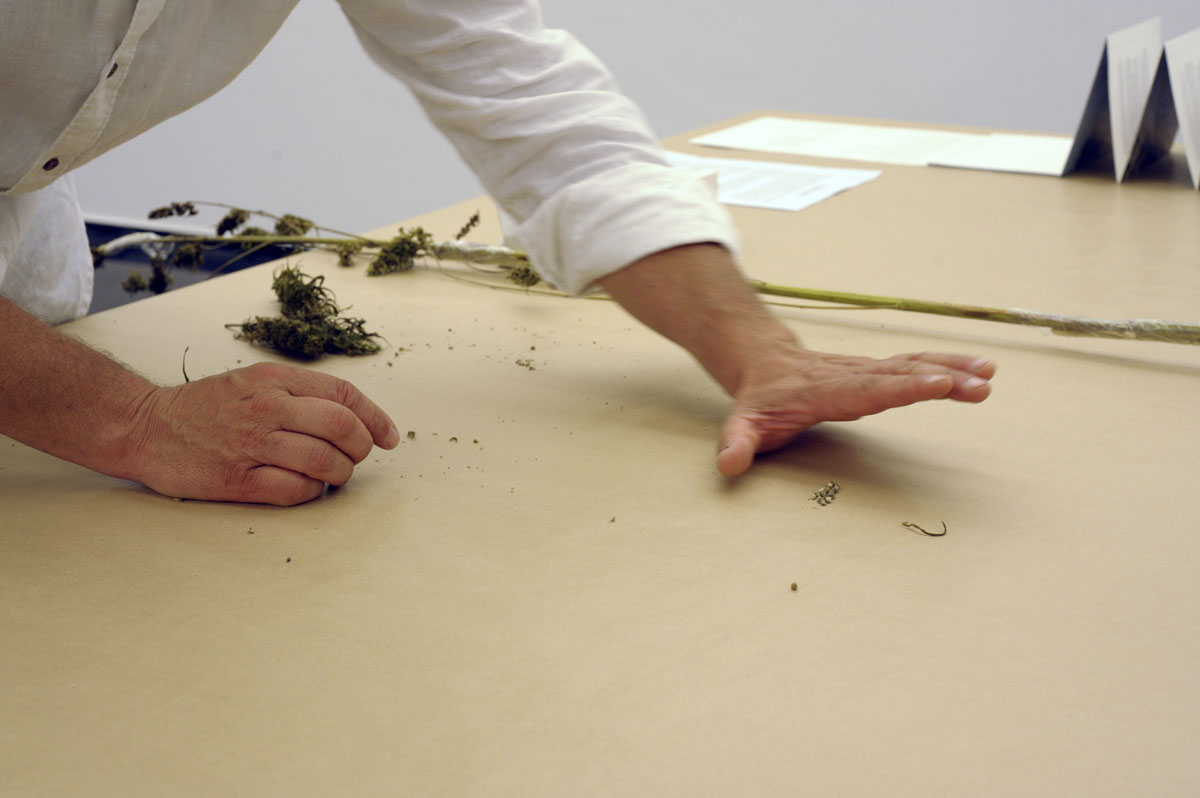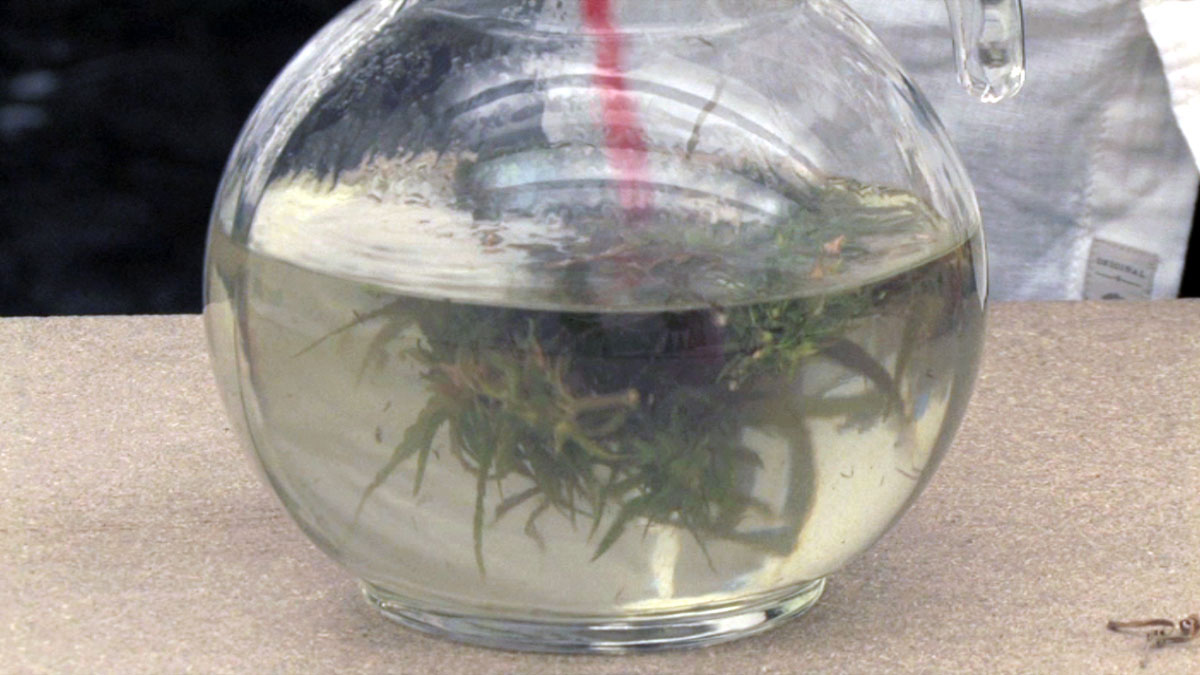Learning from the past to plan for the future
Forests support the life of the people and wildlife living in them, but also provide essential services to urban people and the world’s population. Forests locally provide clean air, protect slopes from erosion, increase the quantity and the quality of water and are a preferred site for human recreation. However, forests also govern the climate at the continental or regional level and provide a major sink for the carbon present in global greenhouse emission gasses. Forest mis-management, climate change, increasing anthropogenic pressure, deforestation, wildfires, exotic diseases are threatening forests and the essential services they provide to our earth. This is a complex problem and, as such, it requires a complex solution. We believe that the best approach is to learn from our past successes and mistakes to design cost effective, durable strategies that will allow man to co-exist with the forest, and enjoy the essential services it provides. Climate change and urbanization are disproportionately impacting some of the world’s forests, often for the benefit of people who live in faraway regions. Our first priority needs to be the protection of primary forests and of the people and beings living in them. Recent research has shown that future old growth forests will be smaller, younger and possibly less diverse than current ones. Old growth forests are more resilient to climate change and, if protected, they will maintain their role as biodiversity hotspots, climate and weather mitigating forces and carbon sink. On the other hand, we may have to accept that forests in areas strongly affected by global warming may have to move North or upwards at higher altitudes. This understanding and the mistakes made in the past can guide us to attain our second priority, i.e. the design of new sound reforestation projects. Using climatic predictive models we can select plants that will be well adapted to future climates; mix of species should be used rather than monocultures, and tree architecture should be appropriate for each site (for instance, shallow rooted trees should not be planted in steep exposed slopes), genetic diversity and local germplasm should be preferred over germplasm selected elsewhere for economic purposes. While primary old growth forest has been steadily disappearing, protected or replanted forests have been increasing globally, doubling their surface in the last 20 years. However, due to abandonment of forests by local inhabitants, to proximity to urban areas and to high intensity disturbances such as wildfires and the introduction of exotic pathogens, the quality of forests has degraded significantly. Our third priority is the requalification of degraded forest by designing policies that will foster healthy forests and will mitigate disruptive disturbances such as intense wildfires and exotic diseases. This has to be done by providing incentives to local inhabitants who have tended the forest for millennia. While protection of wilderness areas may imply exclusion of human activities, protection of secondary forests is sustainable only in partnership with local communities. A fourth priority is to provide better information about the pros and cons of plantation forestry and other agricultural practices: plantations in soils with low fertility, e.g. tropical soils, are not sustainable and should not be equated to forests. The carbon sink potential of plantations in these marginal sites decreases rapidly at each fast rotation, impoverishing the soil, and often taking the place of much more beneficial secondary or even primary forests. Plantations have also been shown to negatively impact biodiversity and wildlife and increase the prevalence of tree pests and diseases. Tree plantations in proper agricultural settings and carbon negative crops may be instead a valuable option. The figure below schematically summarizes the four priorities needed to protect forests and the future of our planet.
“Seemingly timeless, forests are constantly changing while they witness some of humanity’s most dramatic impacts on the natural world: by studying their past and current dynamics, we can understand their future.”
Ingrid M. Parker and Gregory S. Gilbert
University of California Santa Cruz University
Matteo Garbelotto
Director at the Forest Pathology and Mycology Lab in Berkeley and adjunct professor at the Environmental Science, Policy and Management Department of the University of California.

The figure schematically summarizes the four priorities needed to protect forests and the future of our planet: protection of primary and ancient forests, sound climate change-conscious reforestation projects , requalification of degraded forest by supporting forest people, carbon negative plantations that do not substitute existing or recently cut forests.

WALTER BONATTI
Sequoie, Yosemiti, 1977
35mm-slide colour print
Archivio Walter Bonatti, Centro Documentazione Museo Nazionale della Montagna - CAI Torino (‘The Walter Bonatti archive, Resource Centre of the National Mountain Museum (Museo Nazionale della Montagna) – CAI (Italian Alpine Club) – Turin’)
WALTER BONATTI
In-depth text by Matteo Garbelotto
Issue 413 of the weekly publication “Epoca”, published on 2 September 1977, featured photo- graphs telling the story of Walter Bonatti’s journey among Yosemite’s giant redwood trees. Reading the article that accompanies these photographs, it becomes clear that Bonatti does not limit himself to immortalising these majestic trees, but rather describes them in such a way as to allow for a historical and scientific interpretation at the same time. A series of written work, notes and original slides are displayed in this room, bearing witness to Walter Bonatti’s empathetic - professional and personal - approach to nature. “I try to put myself in the shoes of the first man on earth, amazed as he carefully looks at the world that surrounds him, learning an important lesson about life”.
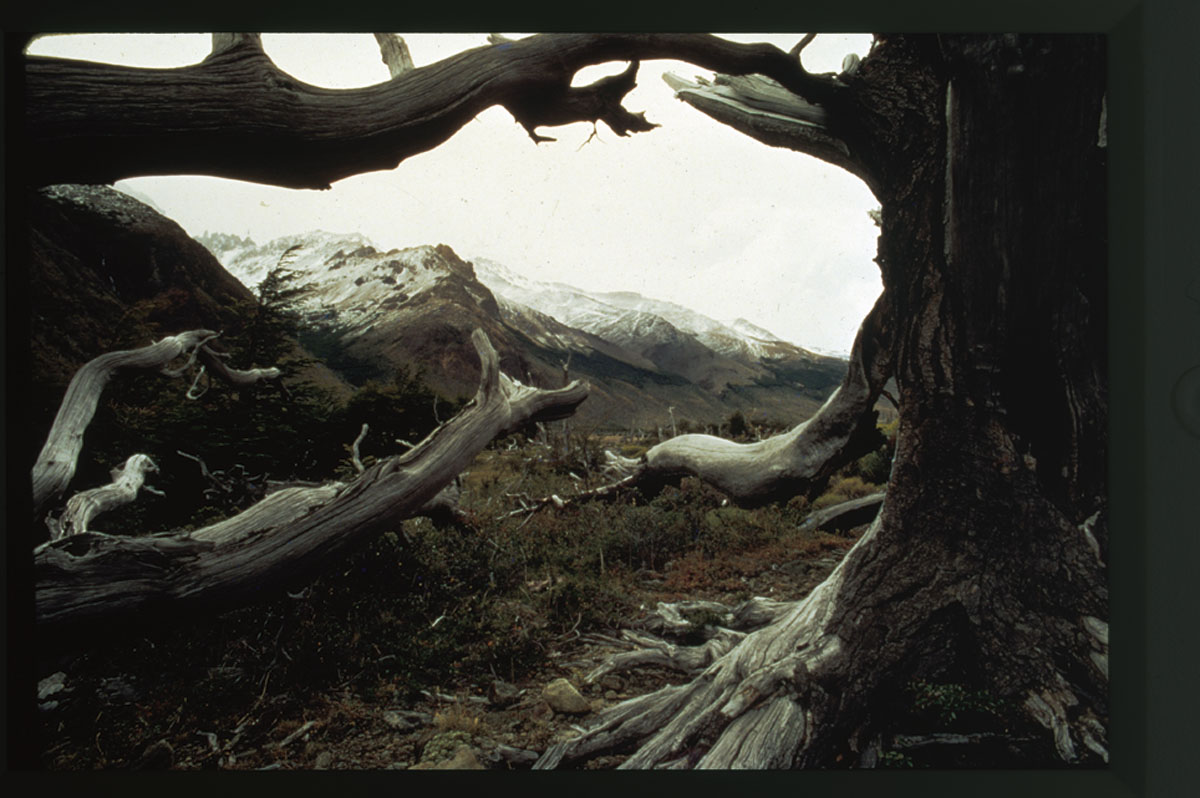
WALTER BONATTI
Vecchi faggi carbonizzati da un incendio, [Patagonia, Terra del Fuoco, Valle del Rio Tunel] (‘Old beeches burnt by a fire’), 1988, [shot], 1999 (print)
35mm-slide colour print, 24x36 cm
Archivio Walter Bonatti, Centro Documentazione Museo Nazionale della Montagna - CAI Torino (‘The Walter Bonatti archive, Resource Centre of the National Mountain Museum (Museo Nazionale della Montagna) – CAI (Italian Alpine Club) – Turin’)
WALTER BONATTI
“For two days we travelled through the wide valley where swampland alternates with dense scrubland and forests of huge Guindo trees (Nothofagus betuloides), the beautiful Magellan’s beech with a tall trunk and green leaves all year round. However, we quite frequently stumbled across the sudden void of an incine- rated wood: squalid testimony of an irresponsible coloni- sation method, the worst conceivable way to free up fresh grazing land. That opulent vegetation, unque- stionably atrocious to penetrate but expressing the immortality of life and its ruling balance, had suddenly become its own skeleton. Thousands of white trunks, bony and chaotic arose from the ashes in forms resembling imploring arms and expressions of pain. I could not help but think of laws passed that are impotent against the destruction of our last earthly paradises. Having to pass through those obscene cemeteries of what was once unique nature was heart- breaking and we emerged looking like chimneysweeps”.
(Walter Bonatti)
URSULA BIEMANN AND PAULO TAVARES
Forest Law, 2014
One-channel video projection, 32’
Courtesy the artists
URSULA BIEMANN AND PAULO TAVARES
https://www.geobodies.org/Text of the video Forest Law
This project is based on the research conducted by the couple along the oil and mining border of Ecuadorian Amazonia, one of the regions with the most biodiversity and mineral wealth on Earth; for a long time now, this area has been under pressure due to the dramatic expansion of large-scale mining activities. Forest Law focuses on a number of key legal cases that have seen the forest appearing in court in order to invoke nature’s rights. A particularly paradigmatic process that was recently won by the Sarayuku indigenous people based on their cosmology of the living forest.

CRAIG RICHARDS
Mubende tra Kampala and Fort Portal
2 silver bromide-gelatine prints with selenium toning, 50,5x40,5 cm
Centro Documentazione Museo Nazionale della Montagna - CAI Torino ( Resource Centre of the National Mountain Museum (‘Museo Nazionale della Montagna) – CAI (Italian Alpine Club) Turin’)
CRAIG RICHARDS
http://www.craigrichardsphotography.com/During his stay in Uganda in 2006, Craig Richards was granted permission to take a series of photographs of certain members of the Bakonzo, Bamba and Pygmy communities. The photographer decided to take black and white photographs. By doing this, he set the subjects in a timeless context, bringing out the beauty, dignity and self-esteem of these people. The harsh yet reassuring presence of this captivating woman is protected by the mighty trunk of a gigantic tree. As is the case for the majority of the trees depicted, also in this shot, the human figure emerges from natural surroundings, bearing witness to a sense of cultural belonging and deep unity with nature.
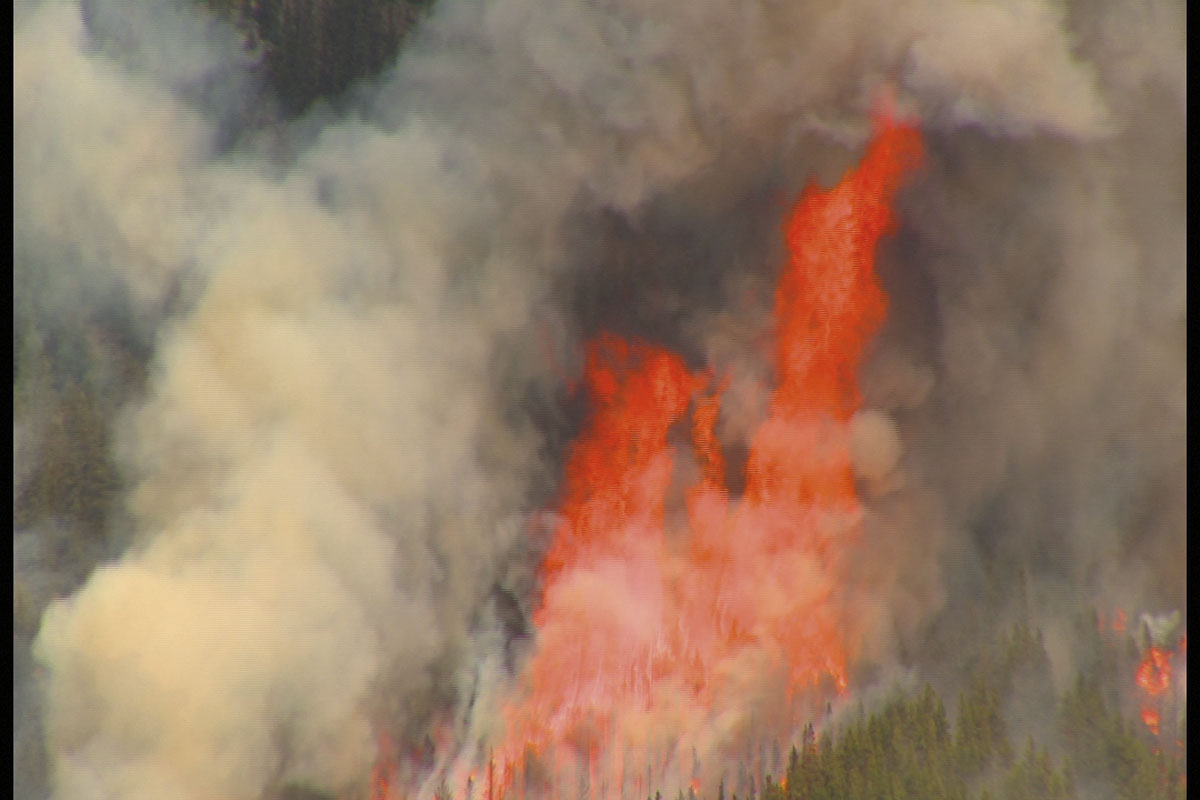
HELEN MAYER HARRISON & NEWTON HARRISON
Living Forests, 2017
HD Video, 08’22’’
Courtesy Studio Harrison
HELEN MAYER HARRISON & NEWTON HARRISON
https://theharrisonstudio.net/Text of the video Living Forests
Saving the West: A Whole Systems Proposal in Brief (video)
Pioneers of the Eco-Art Movement, Helen Mayer Harrison & Newton Harrison began working together as artists at the end of the 1960s. Their Center for the Study of Force Majeure, together with numerous individuals and organisations such as the National Forest Foundation, created ‘Living Forests’ in 2016, a body promoting a systematic approach to the challenges caused by fire in the Sierra Nevada and California’s eastern mountain regions. Individuals and organ- isations, artists and scientists, political leaders and community groups, all contribute to this teamwork initiative, committed to building forest management and fire prevention solutions.
For further information: www.centerforforcemajeure.org/living-forests
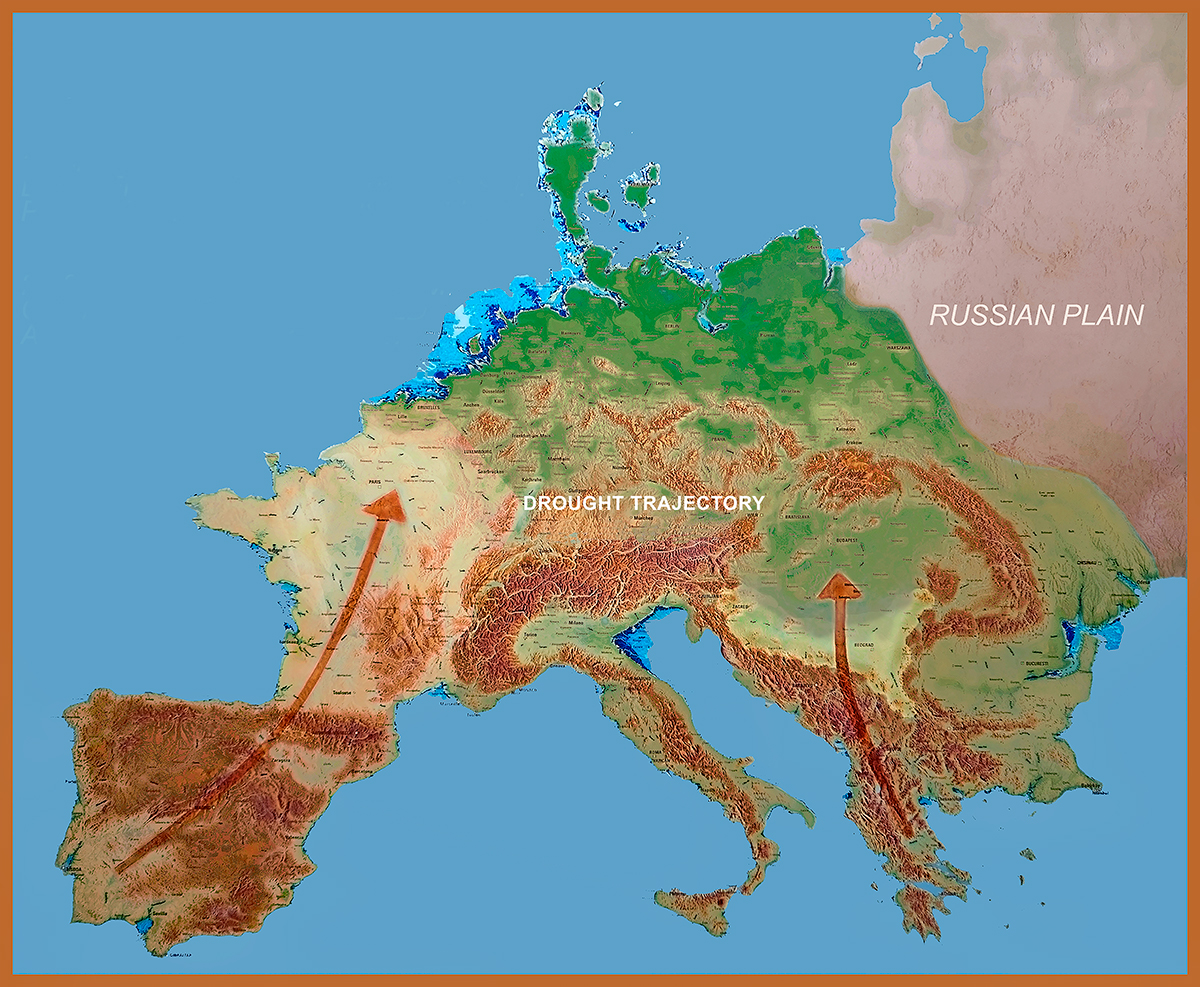
HELEN MAYER HARRISON & NEWTON HARRISON
Peninsula Europe, The Force Majeure, part IV, 2010-2019
Photographic print , 80x100, two elements
Courtesy Studio Harrison
HELEN MAYER HARRISON & NEWTON HARRISON
https://theharrisonstudio.net/Scientists predict that, by 2060, there will be 20% less river water flowing in Southern Europe due to climate change. This project offers a solution to combat these developments; it proposes to “re-terraform” the ground and reforest 1.46 million square km of land near to the areas where rivers are formed, for a total cost of approximately USD 1 trillion. This would drastically reduce the impact of increasing temperatures, flooding and drought. The artists submitted a proposal to the European Union to introduce a tax on water in order to raise the huge amount of money that would need to be spent over more than 50 years; their proposal, however, was not successful.
The photograph has been printed on Stone Paper, thanks to the collaboration with L’Artistica Savigliano.
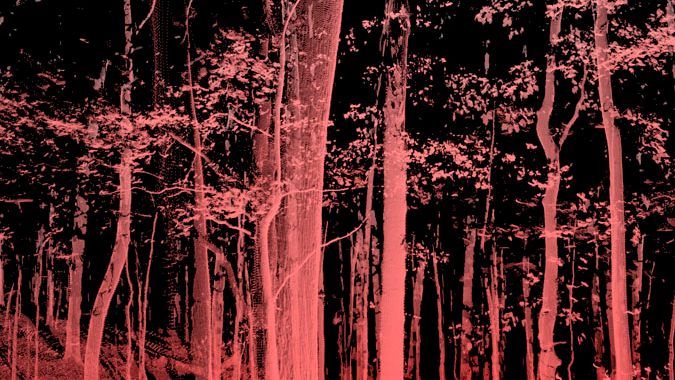
STUDIO FORMAFANTASMA
Quercus, 2020
Video, 13’06’’
Courtesy Formafantasma and Serpentine Gallery, London
STUDIO FORMAFANTASMA
https://www.formafantasma.com/Quercus (video)
Text of the video Quercus
This video, produced by working with a Lidar scan of an oak tree forest in Virginia, offers the opportunity to see humans from the point of view of trees. The off-screen voice of the philos- opher and botanist Emanuele Coccia invites us to question our sense of supremacy, taking a look at the extent to which humanity is dependent on the shape and physicality of trees. Quercus suggests that we need to make crucial changes to our perspective if we wish to find more radical ways of experiencing and protecting these complex ecosystems. This video invites us to understand how human life is closely linked to and depends on trees, and how humans and trees are inextricably intertwined.
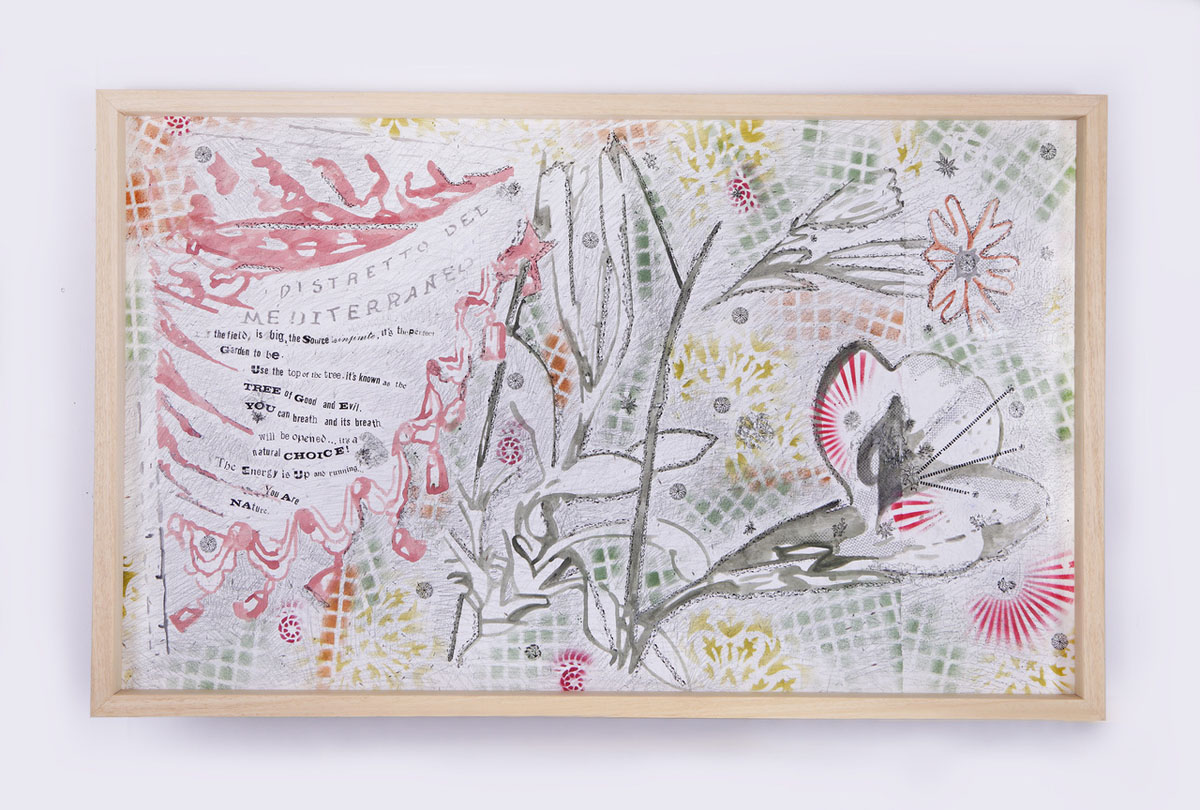
GABRIELLA CIANCIMINO
RADIO FONTE CENTRALE_Stazione Alpina, 2020
Mixed media, environmental dimension
Courtesy the artista and Galleria Gilda Lavia, Rome
GABRIELLA CIANCIMINO
https://www.ciancimino.it/This piece is the result of the collaboration between the artist and Costantino Bonomi, Curator in charge of the Botanical Section of the MUSE and of the Museum’s Seed Bank; it forms part of the ‘Radio Fonte Centrale’ project, created in 2019 after a meeting with the African shaman, Aisha. This is a stratification of several levels. The first level is environmental, reflecting on the migration dynamics of plants and their adaptation to climate change, introducing the concept of assisted migration. The second level is political and social, identifying similarities between the biological resistance of plants and the historical resistance of human beings. The third level is cultural, borrowing the messages of struggle from the book ‘Fra Contadini: Dialogo sull’Anarchia’ (‘Between Peasants: A Dialogue On Anarchy’), written by Errico Malatesta in 1883.
photo: Fausto Brigantino

SEEDS, TIME CAPSULE OF LIFE
In-depth text
Displayed here is an example of crop diversity in legumes. If kept at low-humidity and at a low temperature, seeds can survive for thousands of years. They are real time capsules of life, capable to regenerate whole organisms and entire populations. Dedicated seed banks keep a back up of species worthy of conservation, preventing their extinction and genetic erosion, whether they are crops, native species at risk of extinction or species that only grow in certain areas.
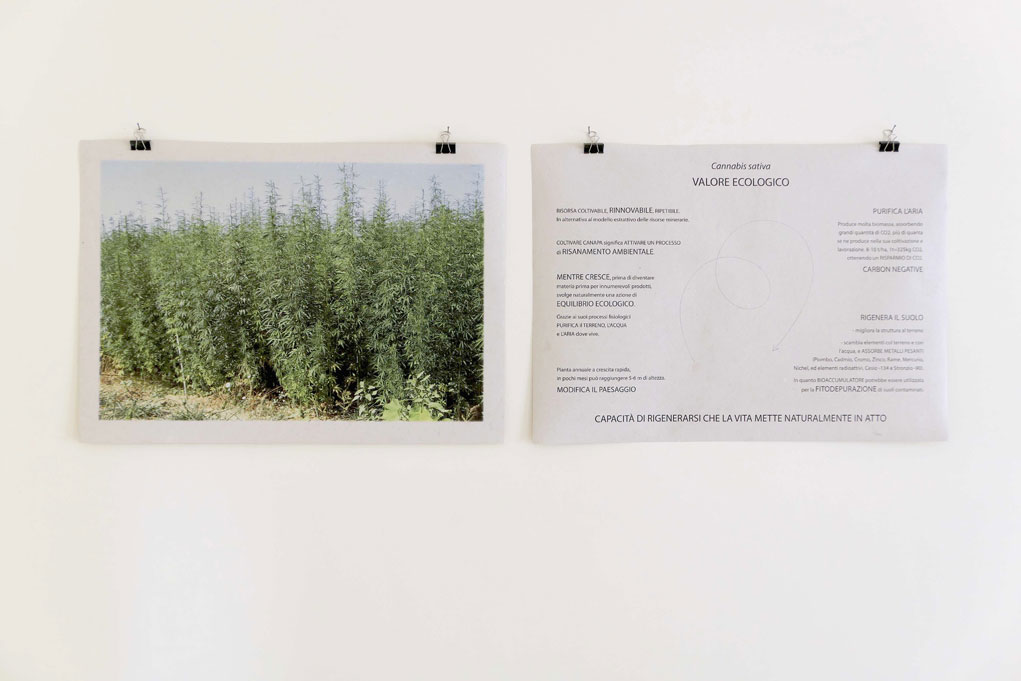
EMANUELA ASCARI
Carbon Negative, 2016
Plotter print on 100% hemp cellulose paper, handmade, 49x69 cm
Courtesy the artist
EMANUELA ASCARI
In-depth text on canapa sativa
http://www.emanuelaascari.it/
The Cannabis sativa is a plant that was traditionally grown in Italy but has since disappeared from this country following international directives. As it grows, this plant plays a naturally important role in terms of maintaining ecological balance (ecological value). Thanks to its rapid growth, it absorbs large quantities of CO2, which is more than the amount produced by its cultivation and processing; this is where the term carbon negative comes from. It is also able to absorb heavy metals from the soil, contributing to a healthy environment in the area where it lives. The idea behind this piece, which shuns intensive monoculture practices, is to rethink the relationship between human activity and natural processes, based on using nature’s ability to regenerate and on the principles of synergy and coexistence.

